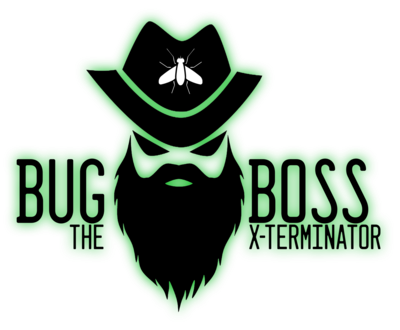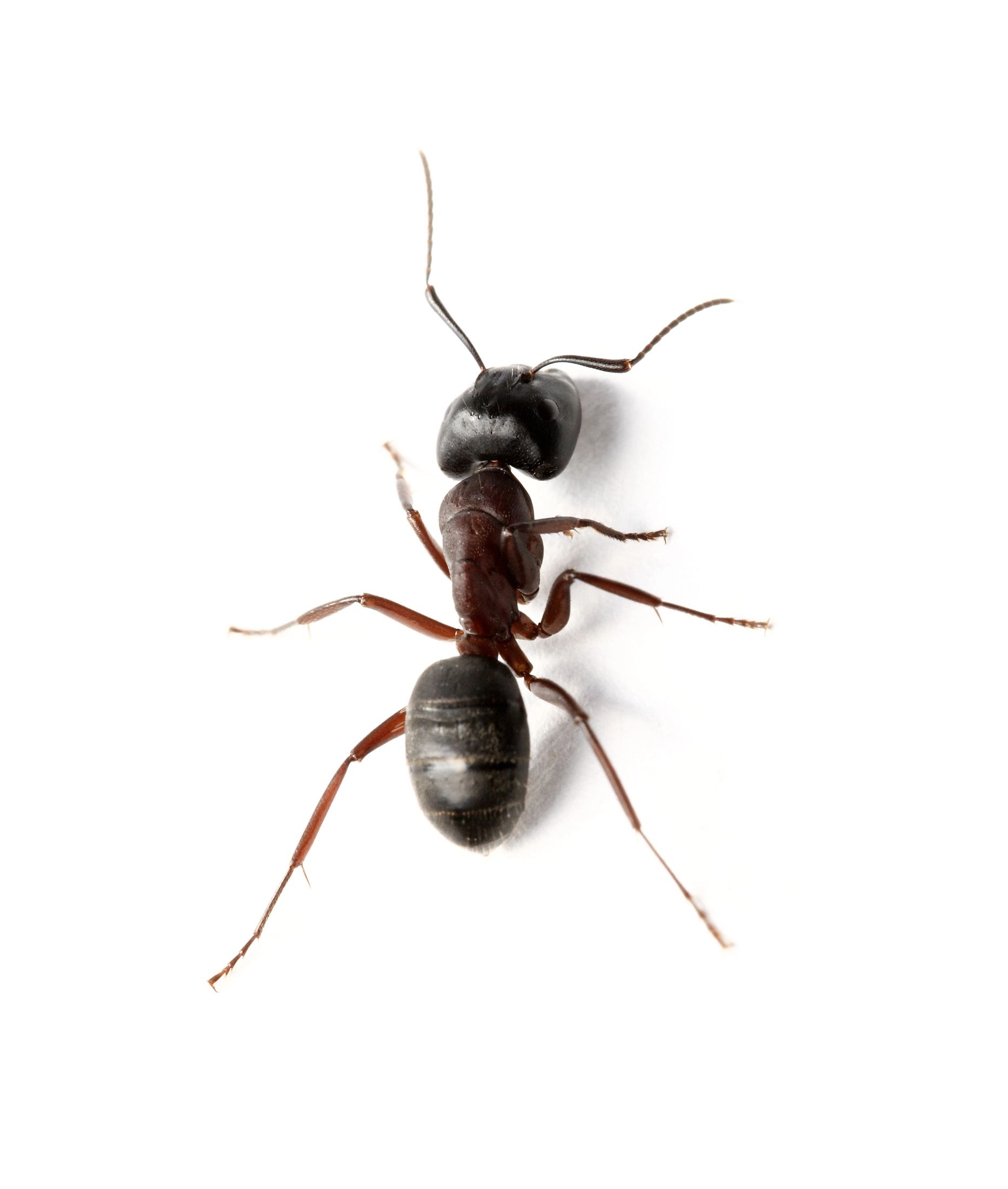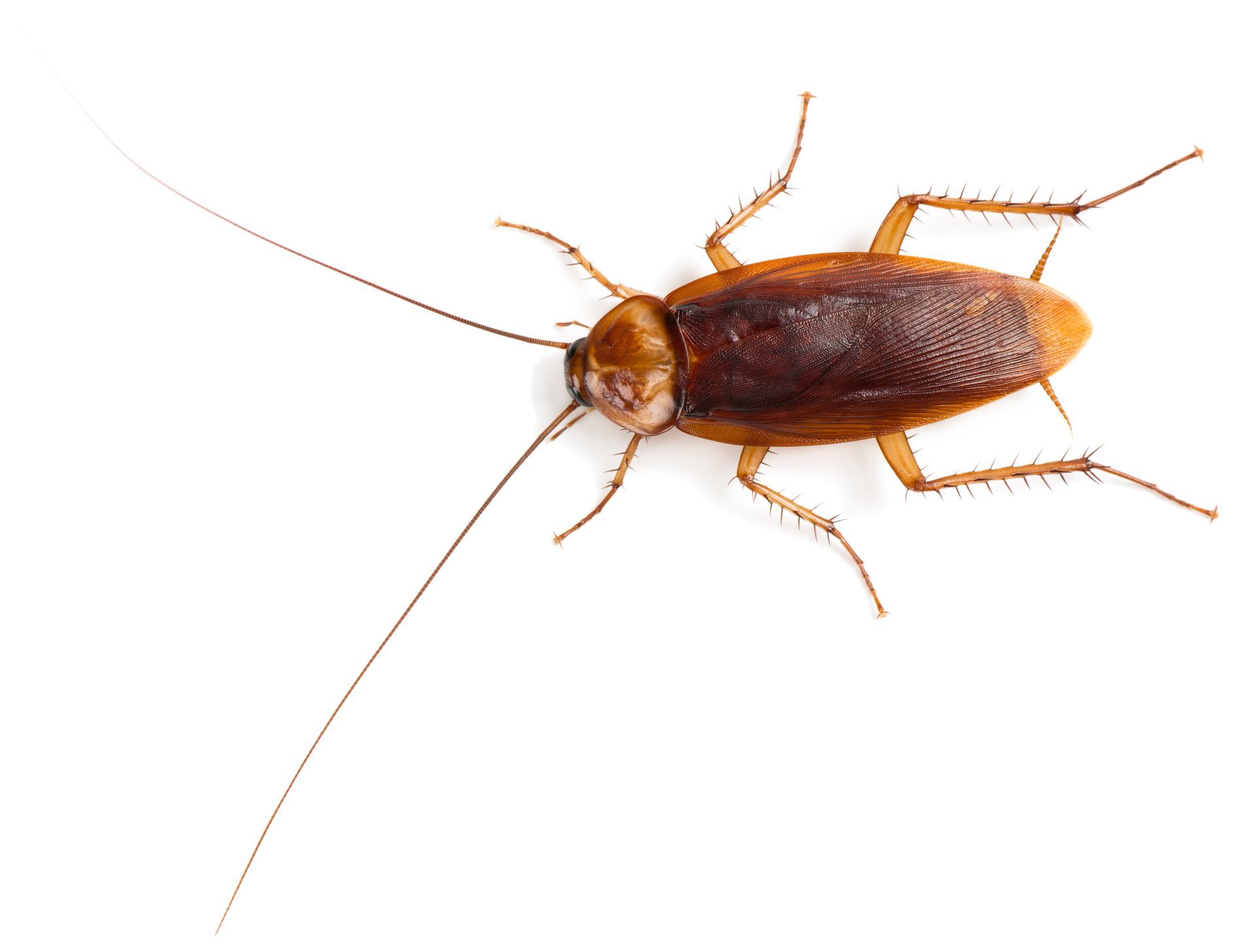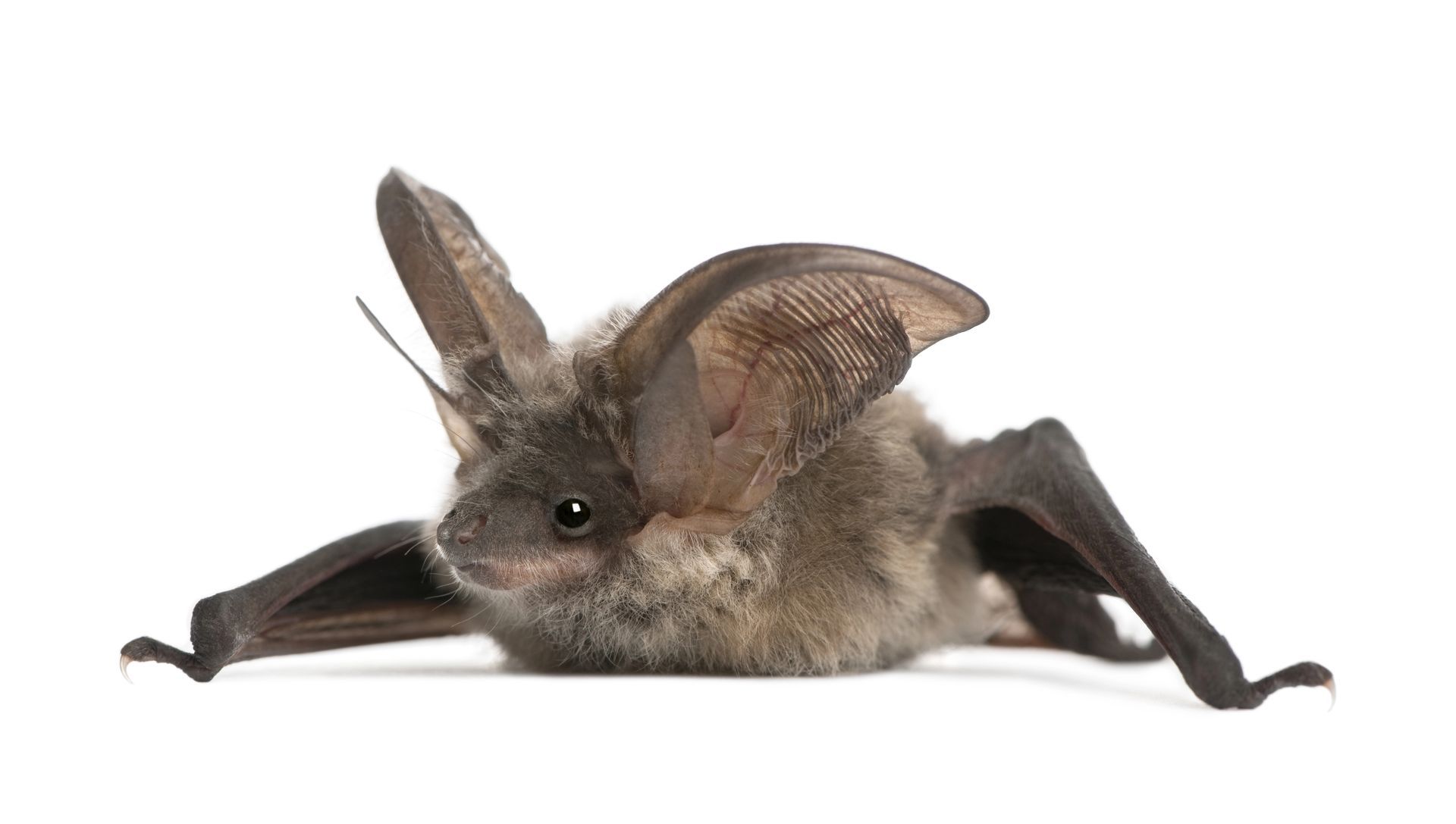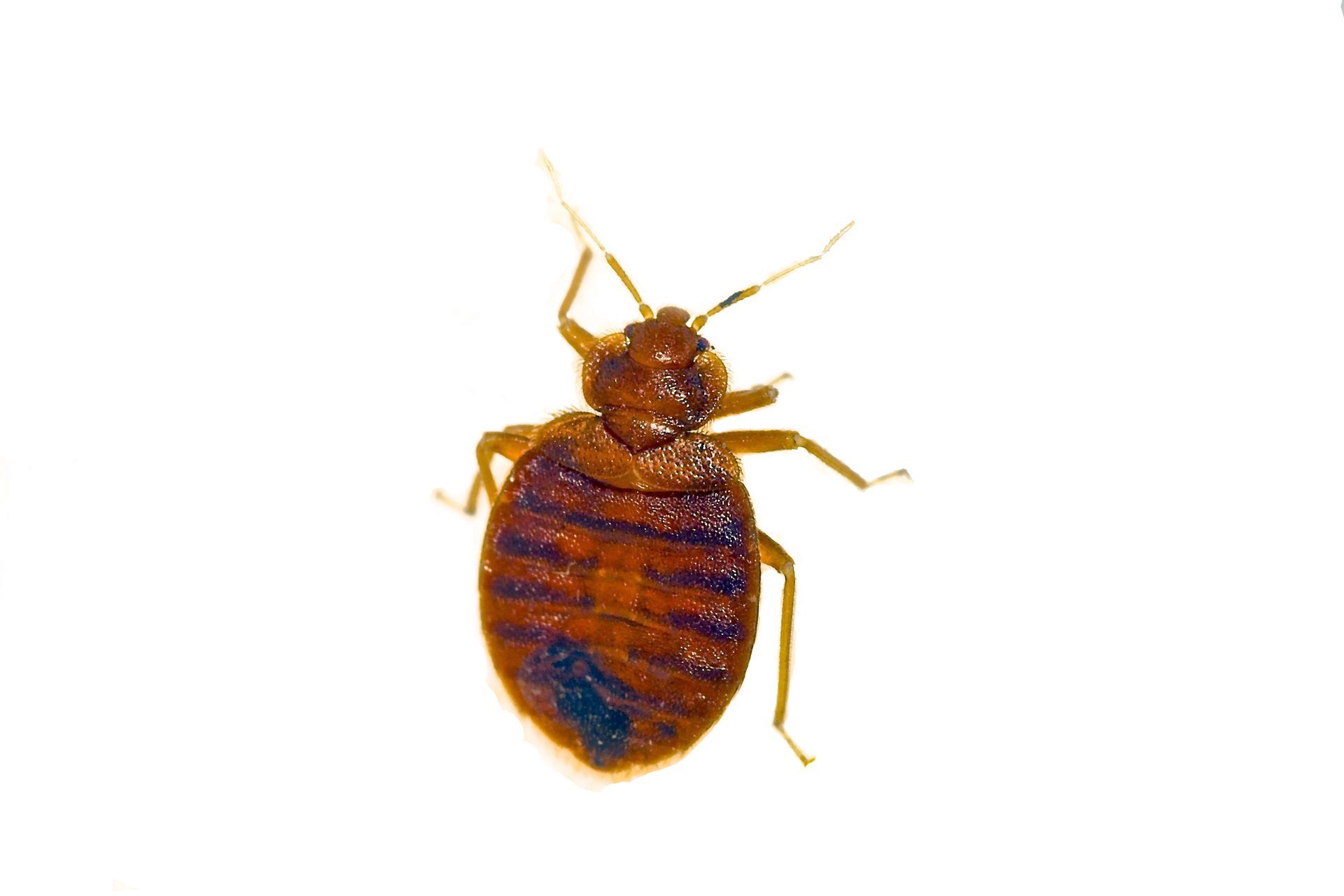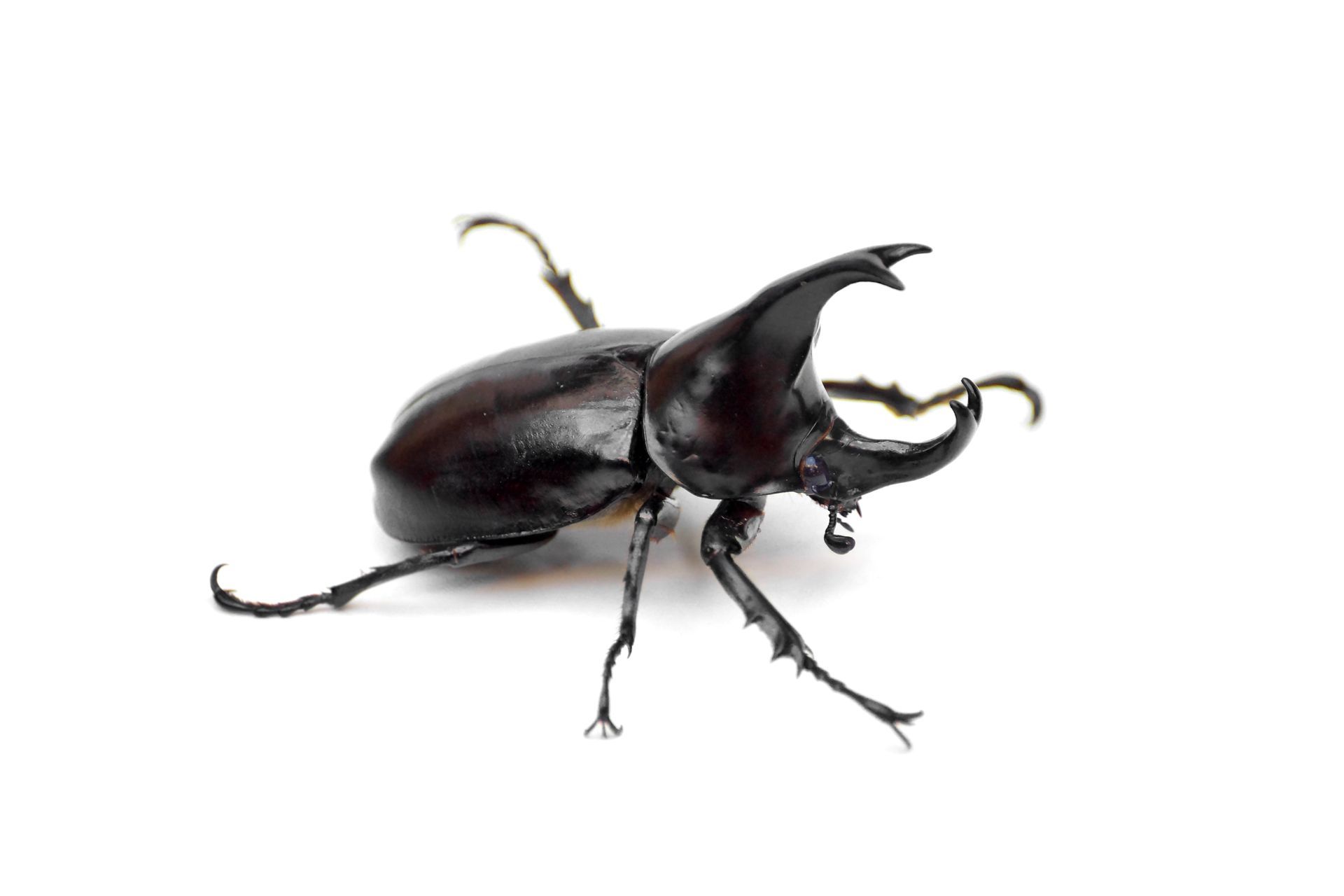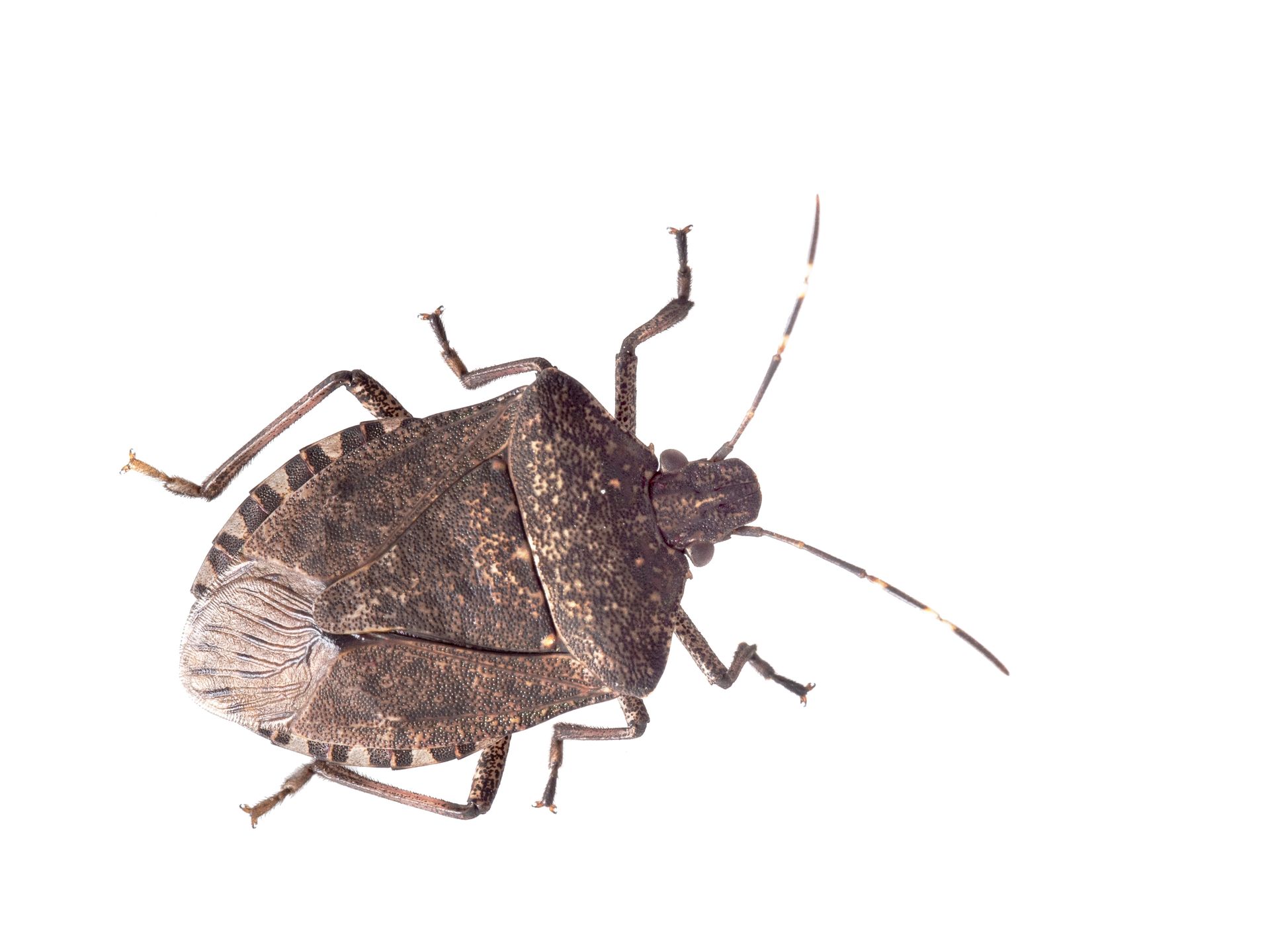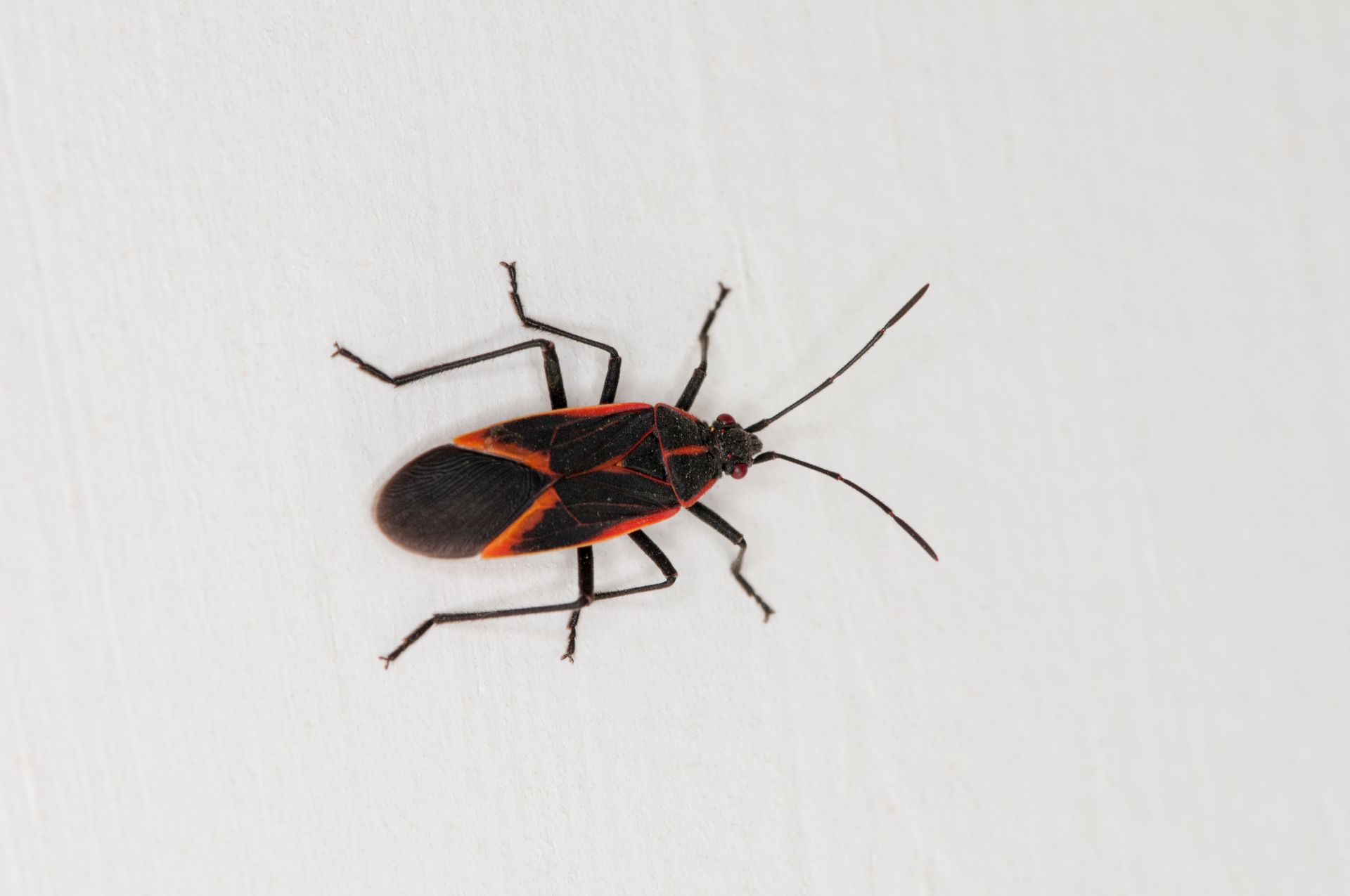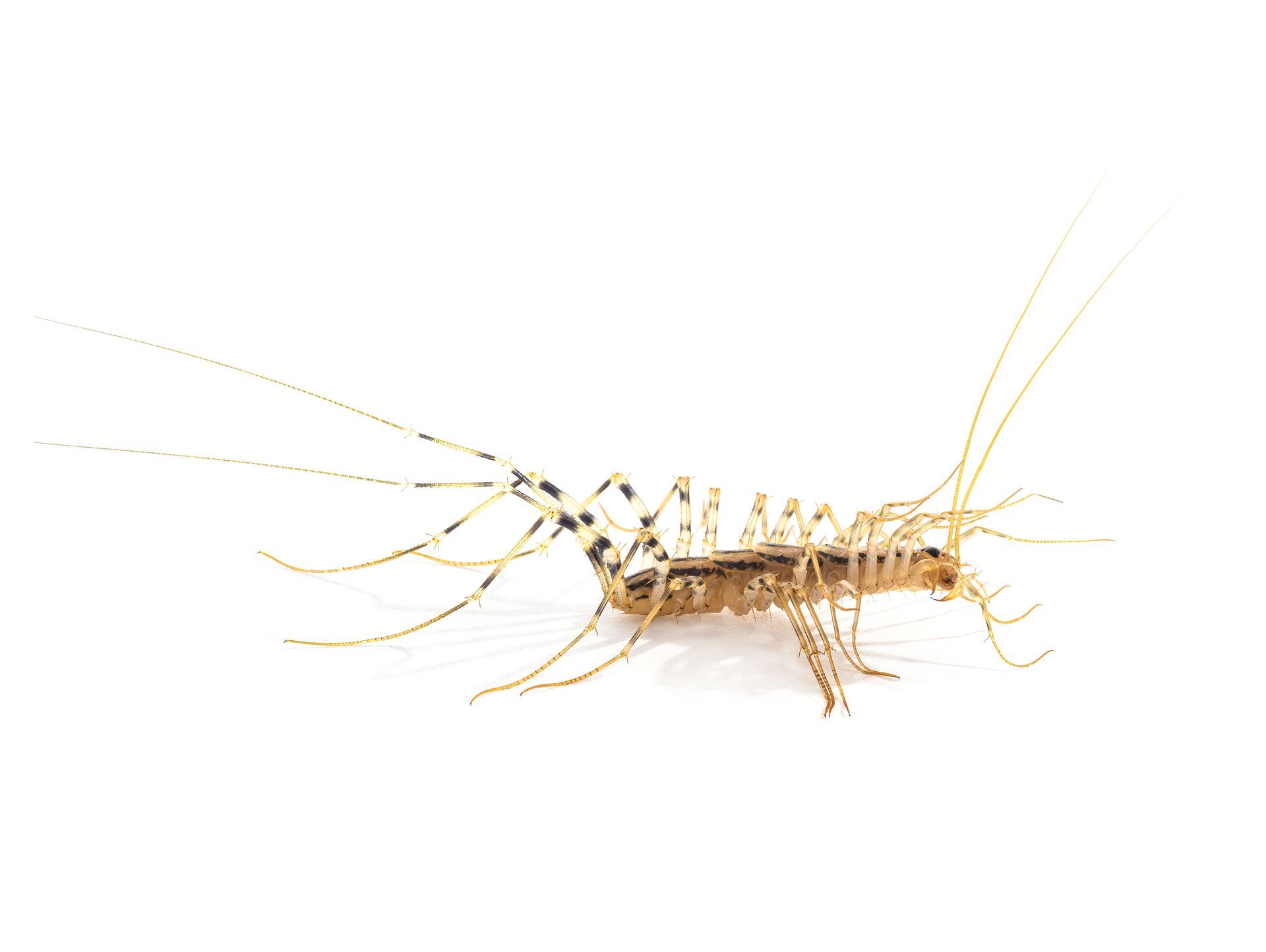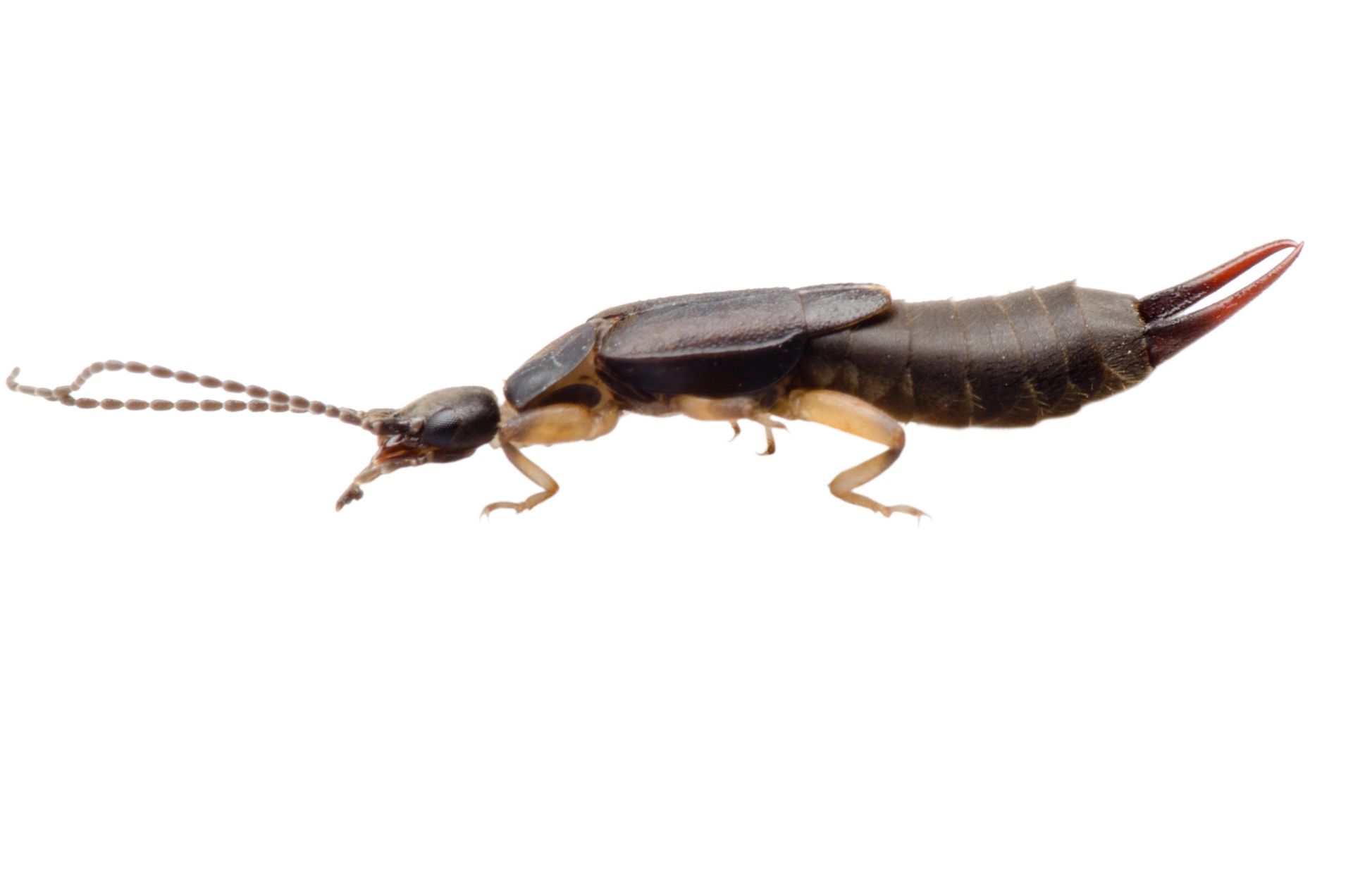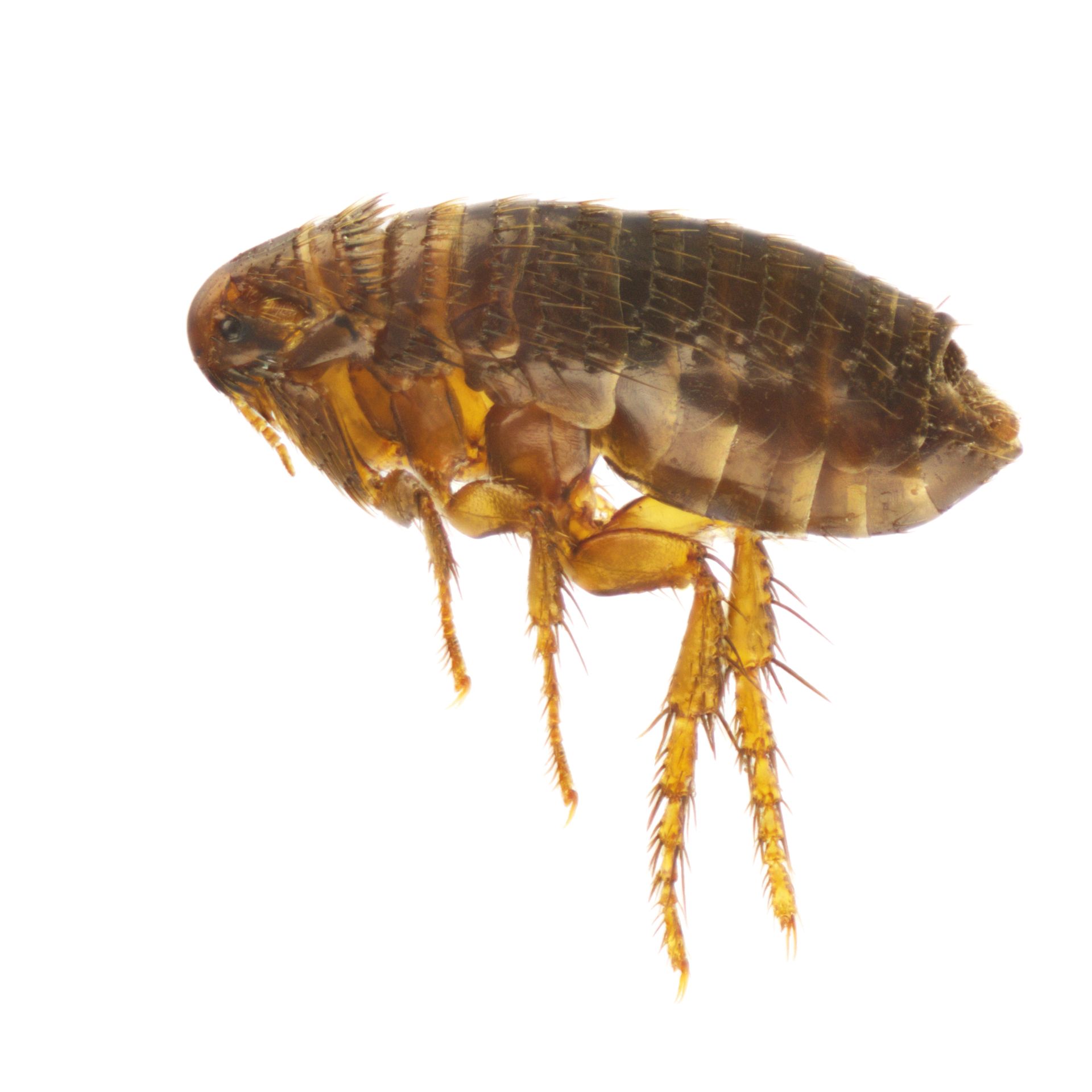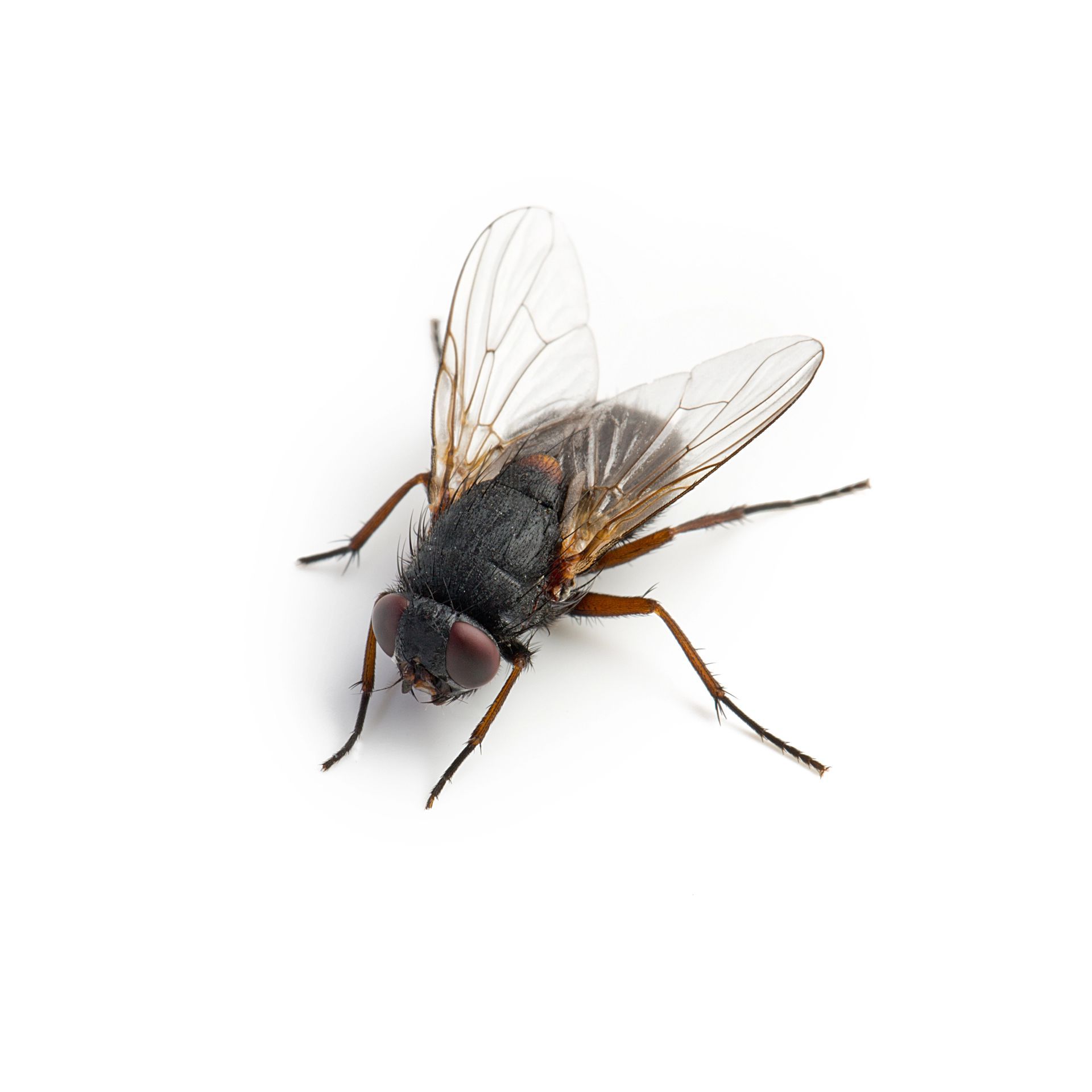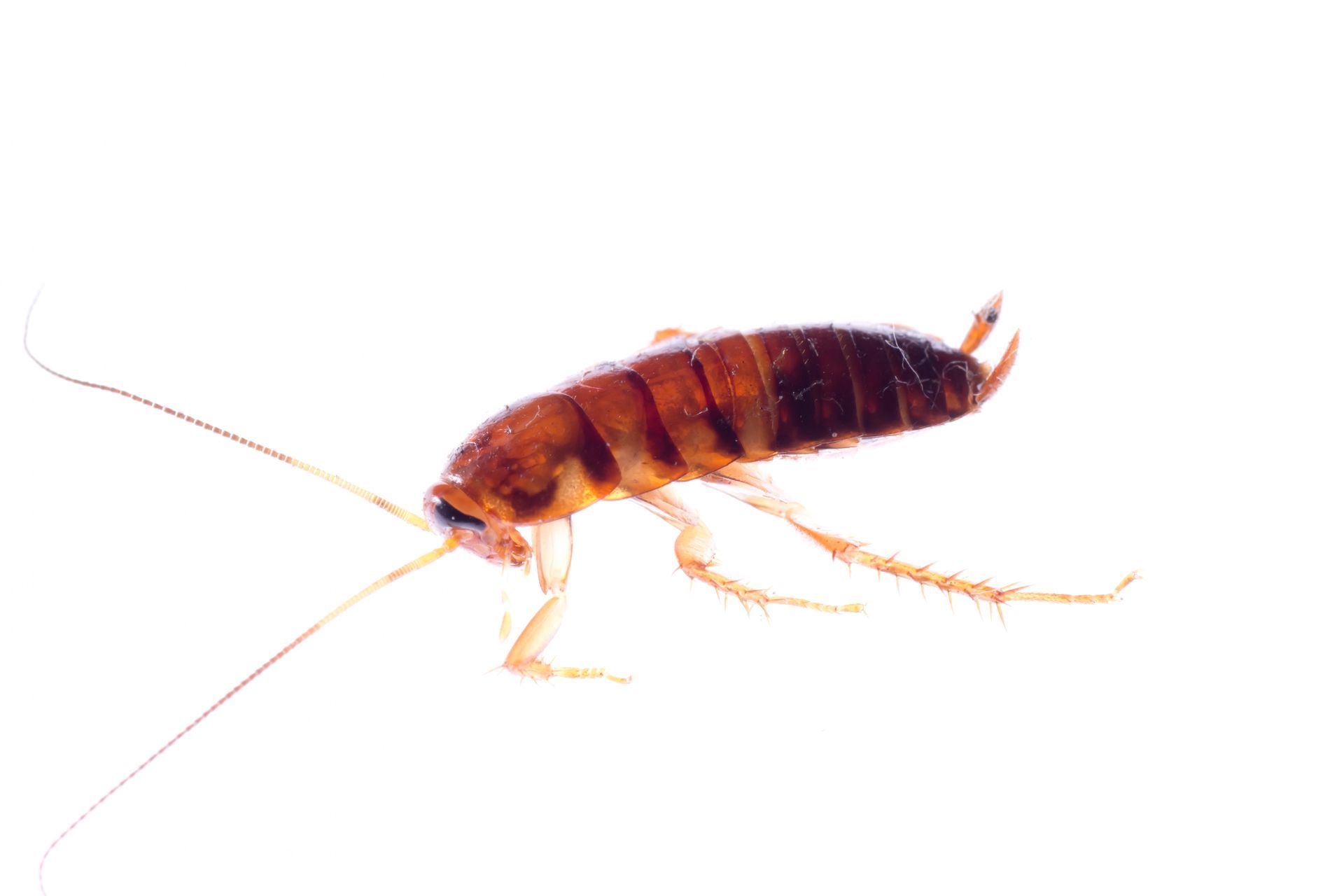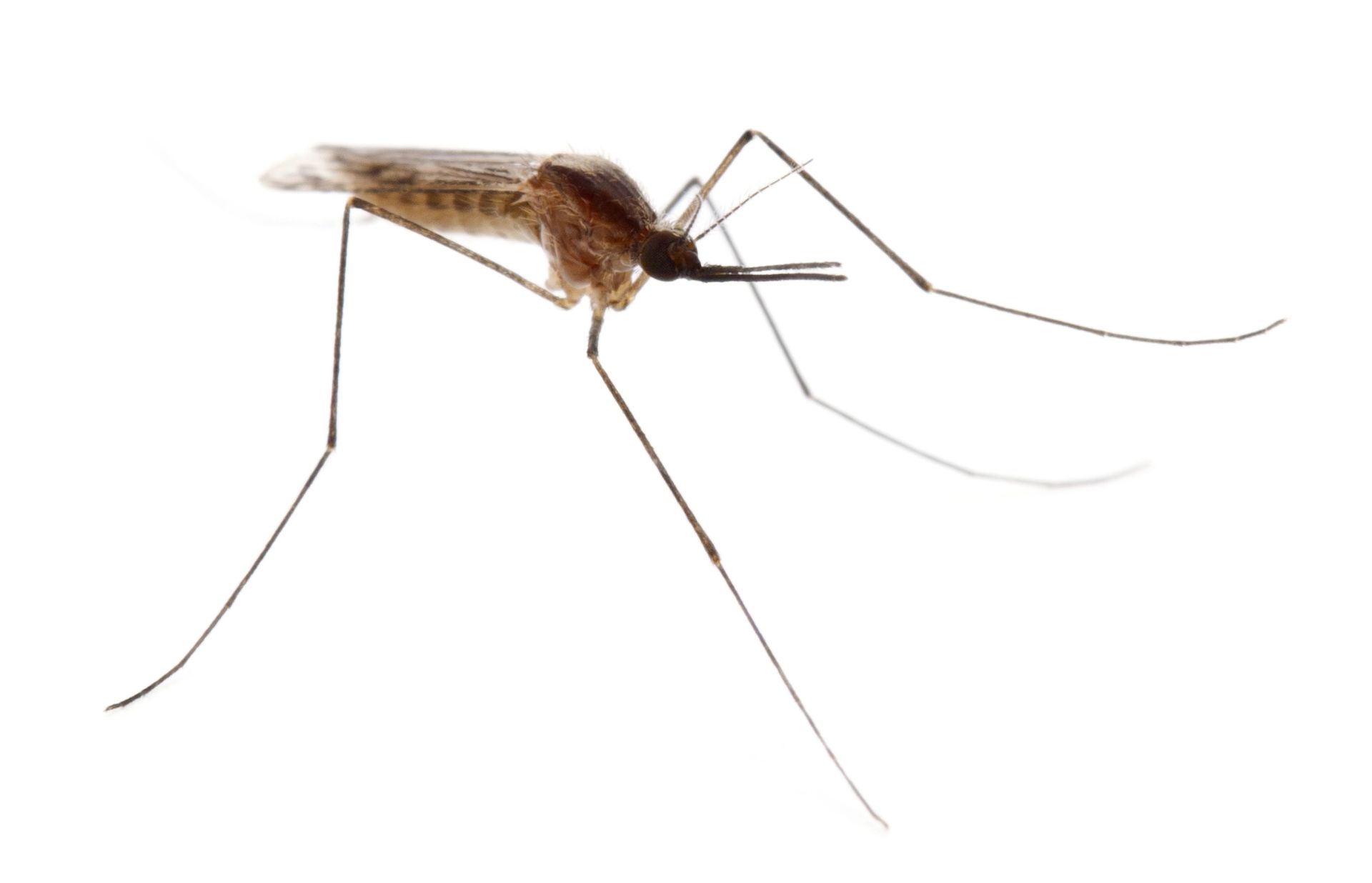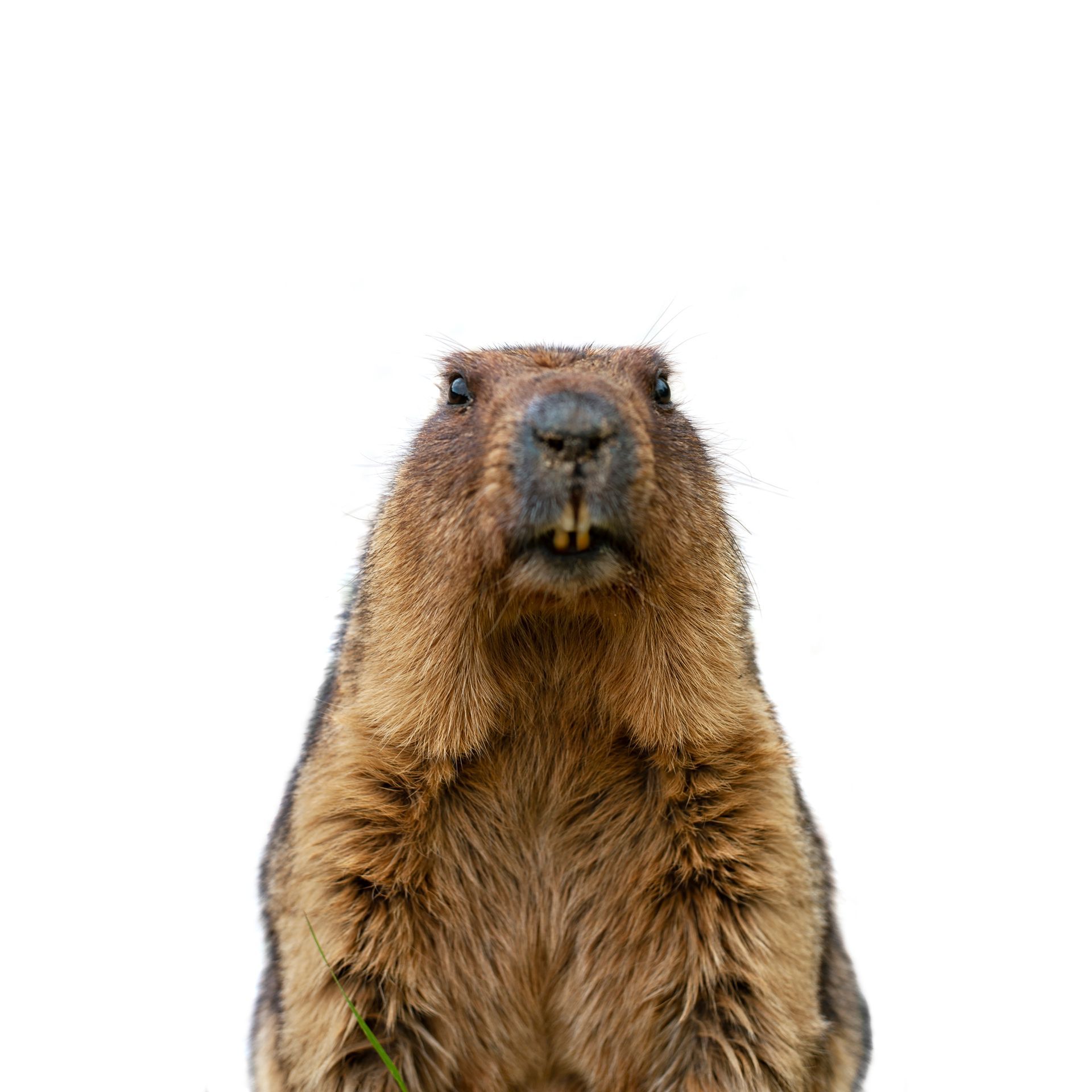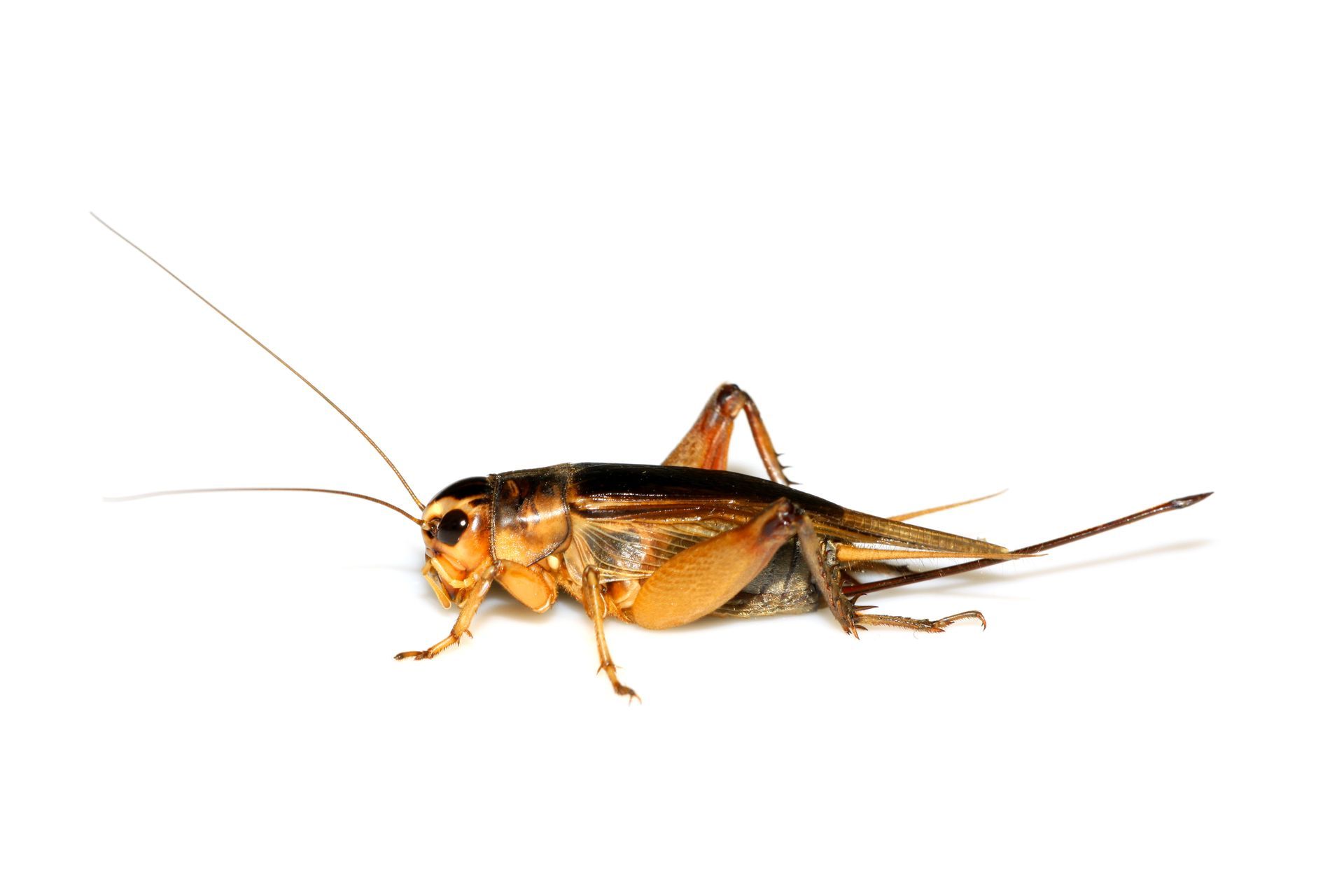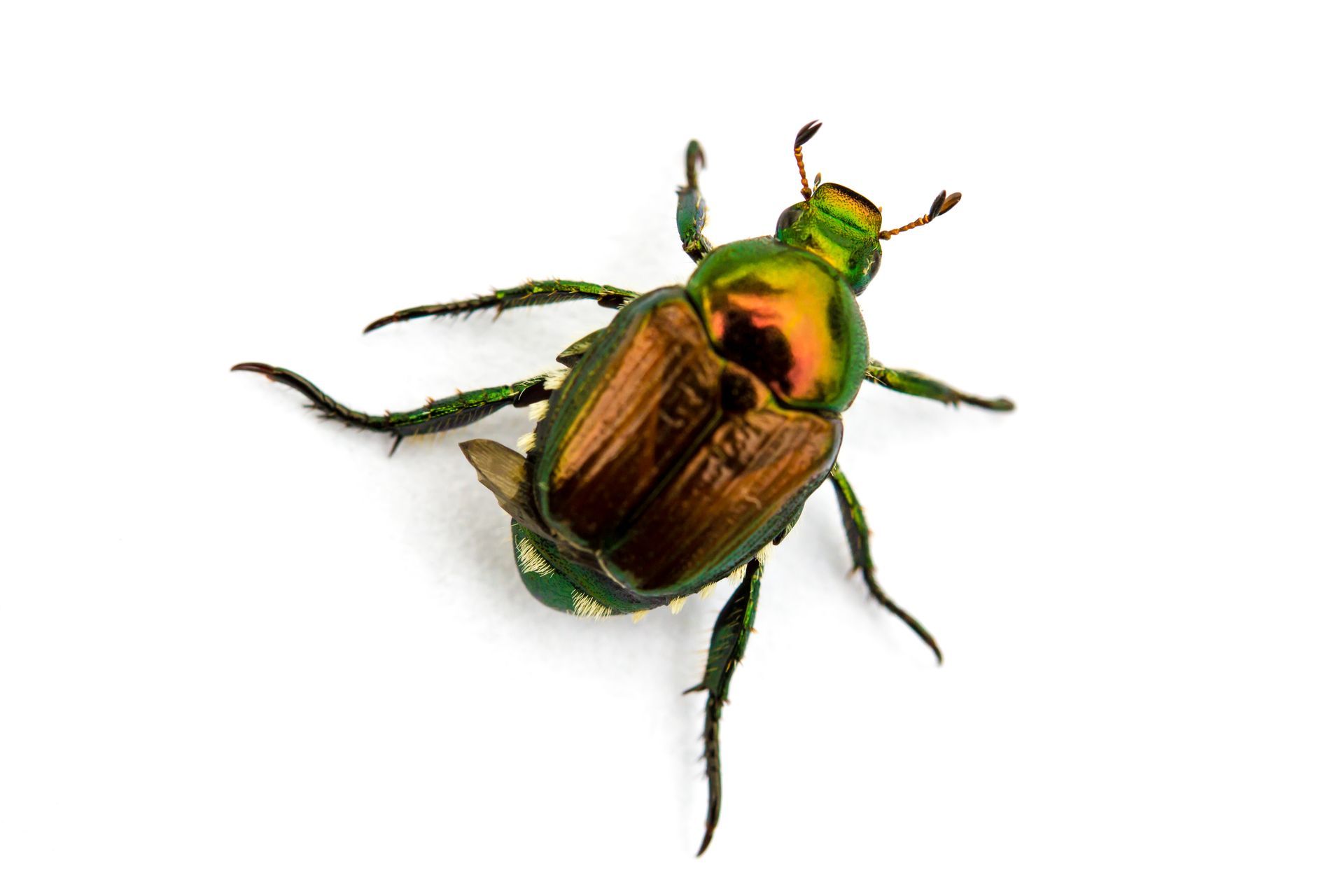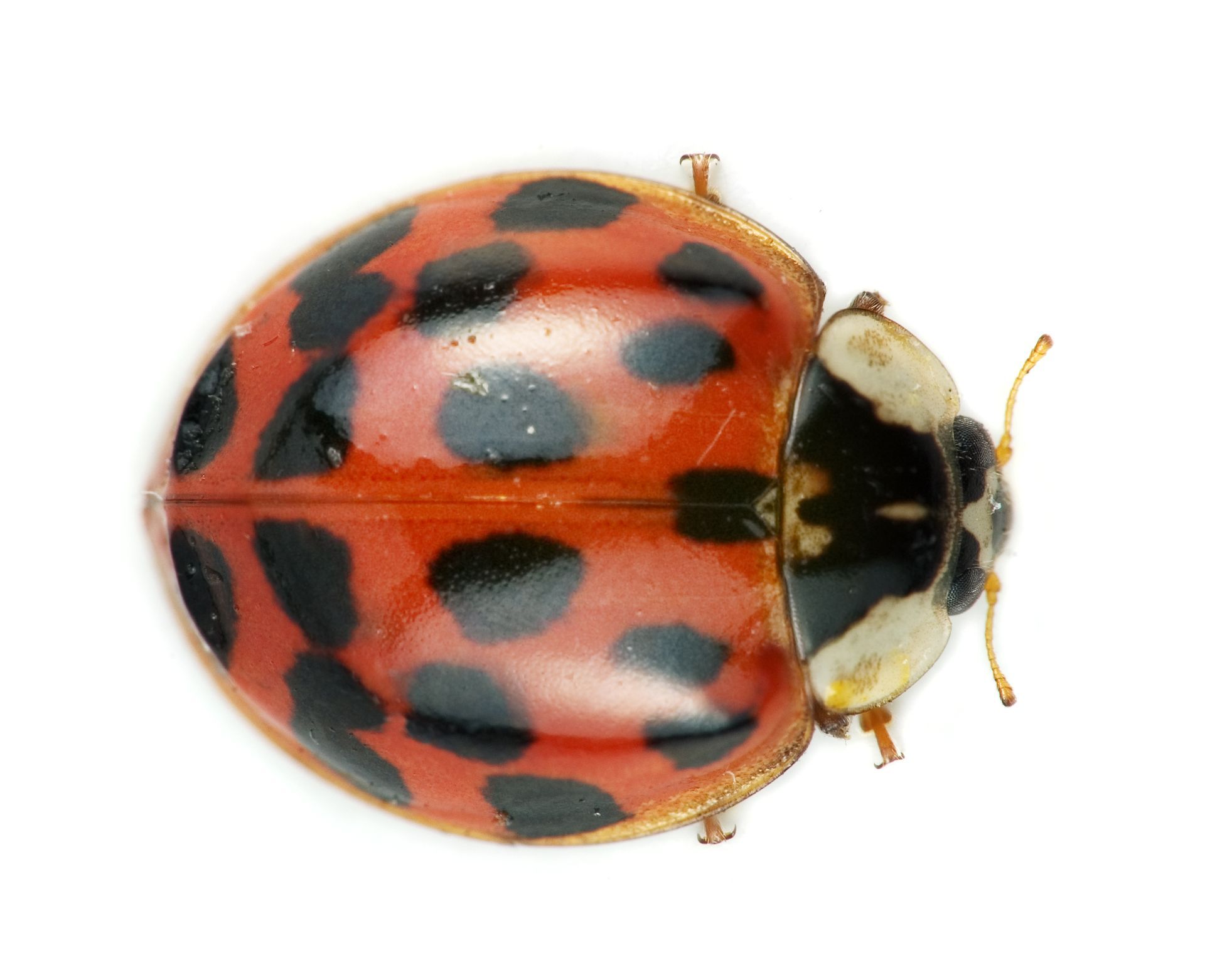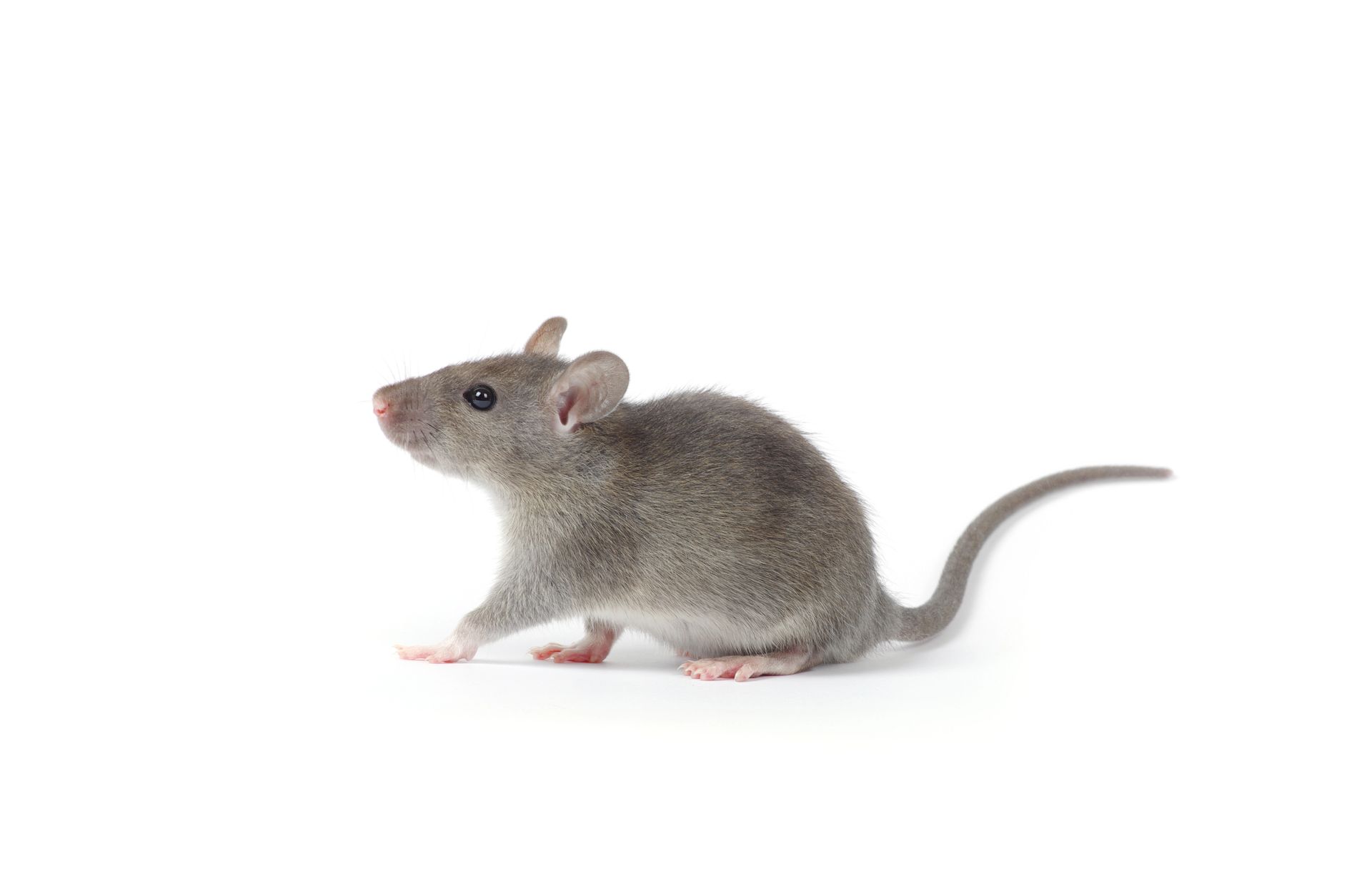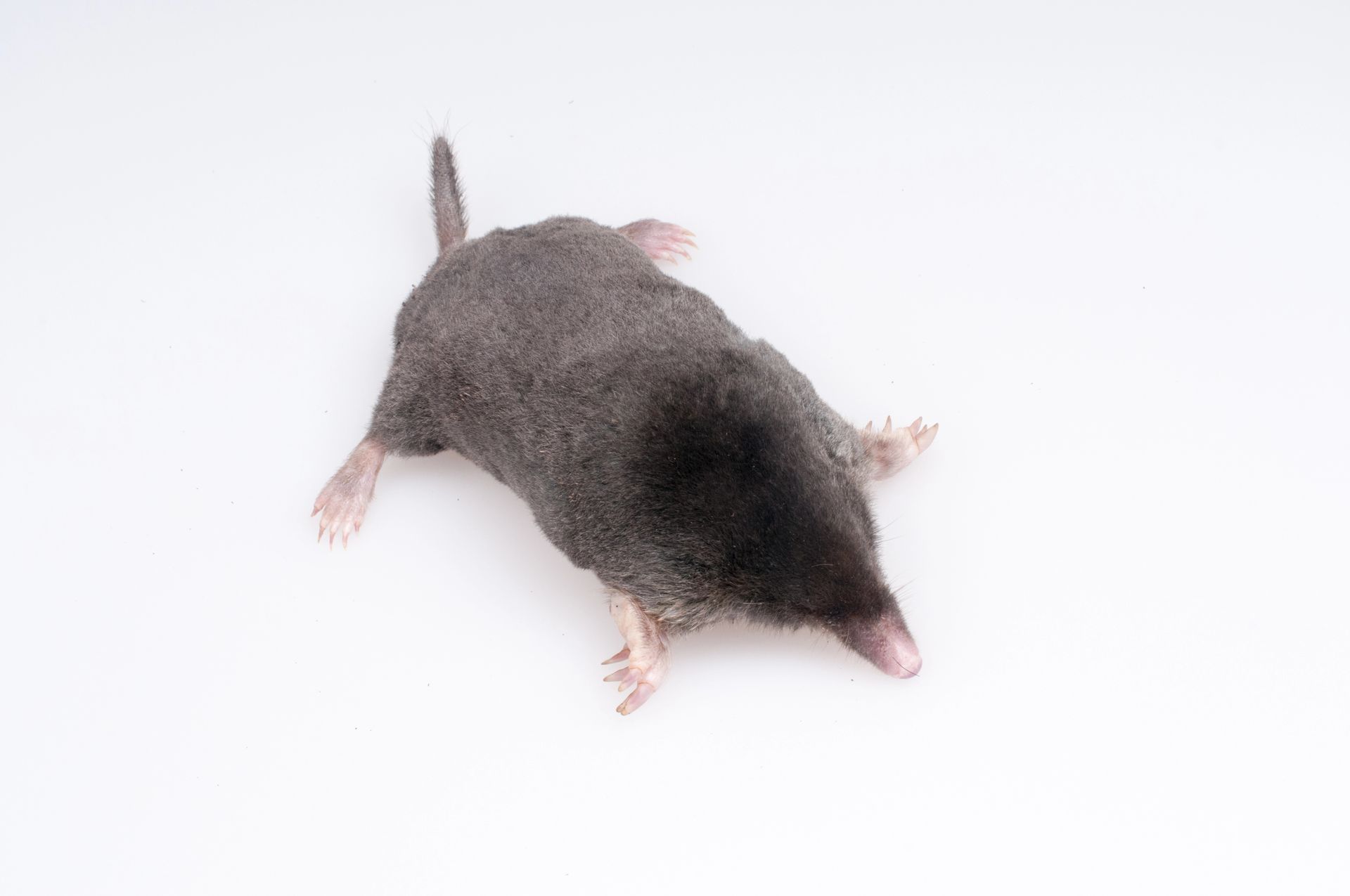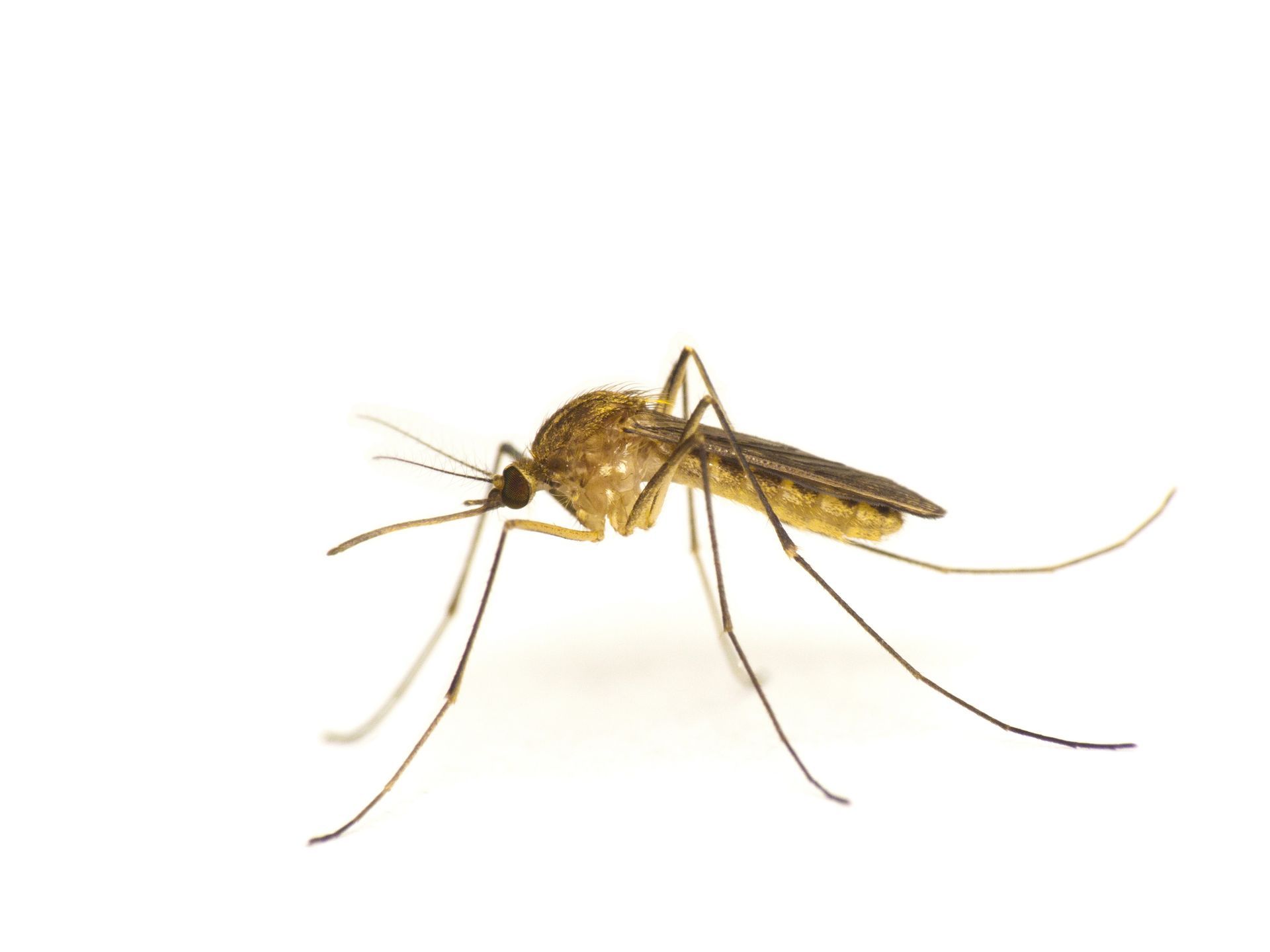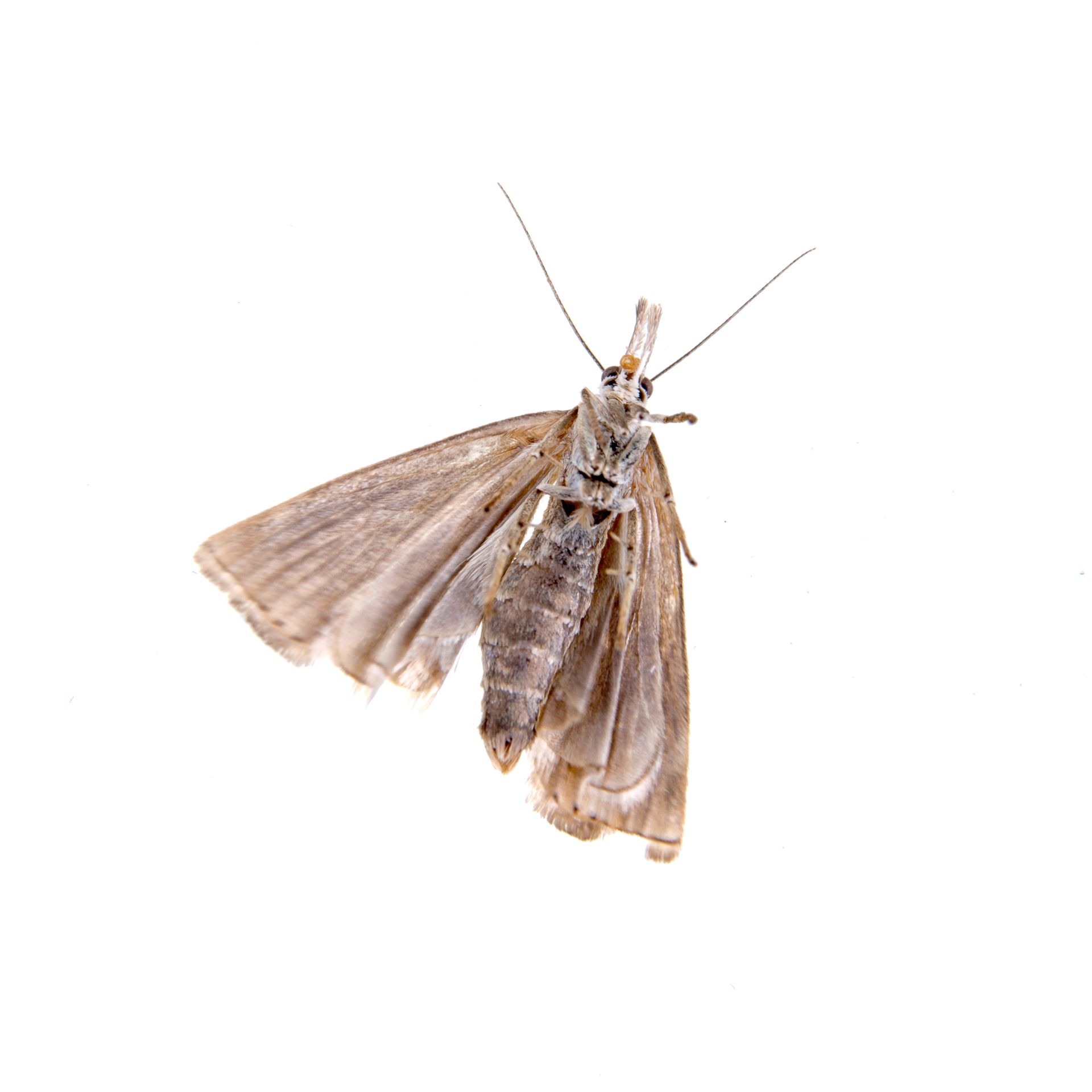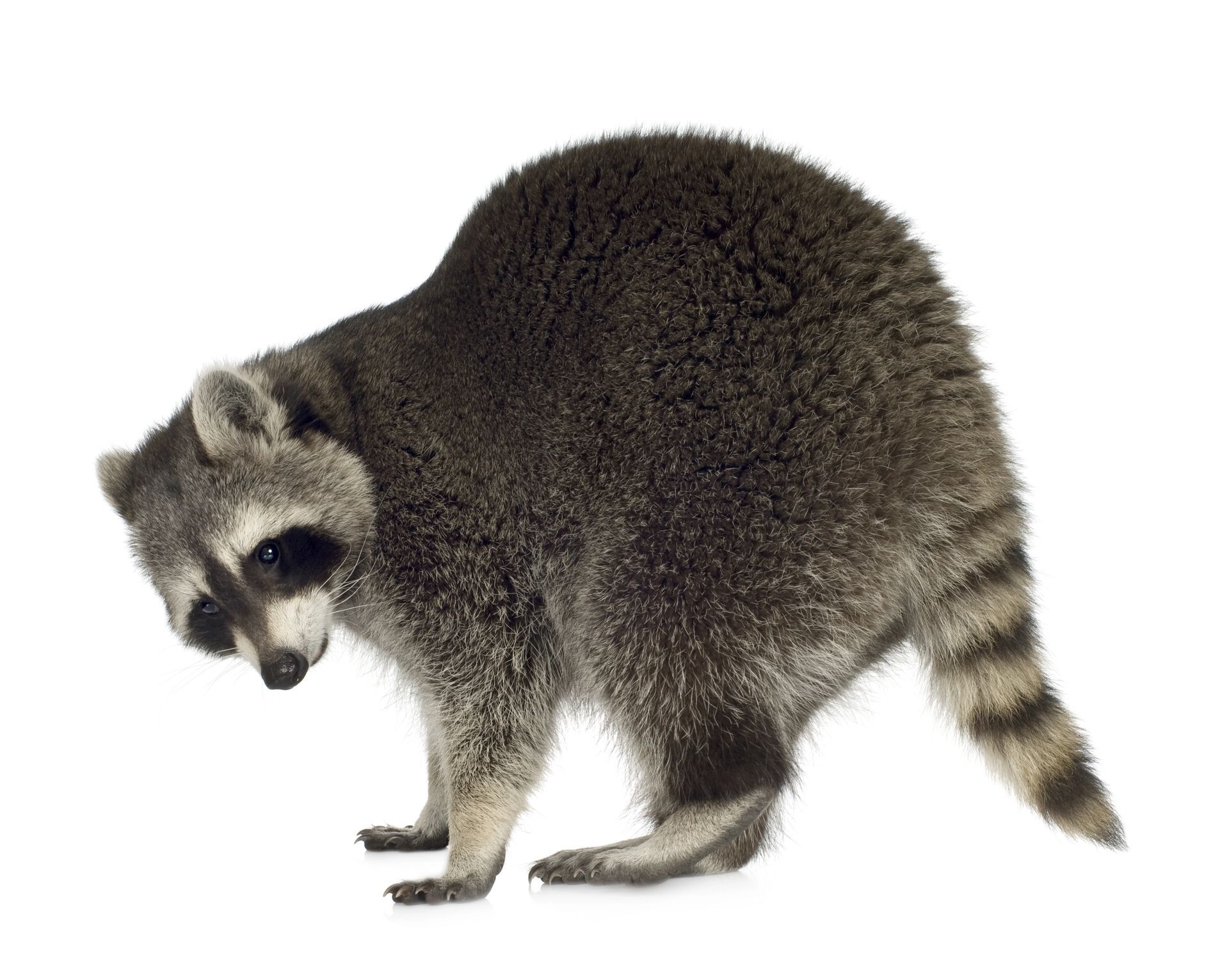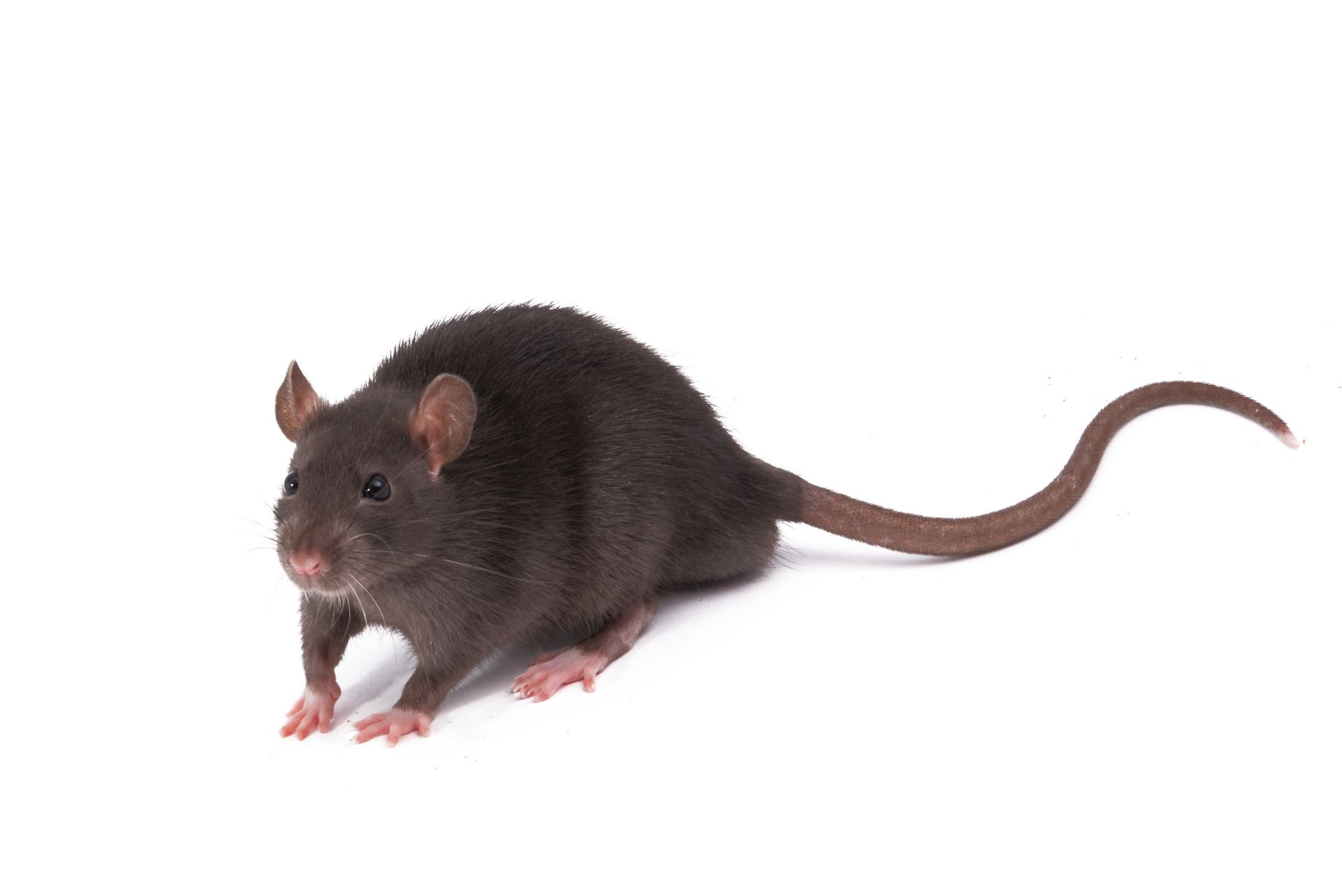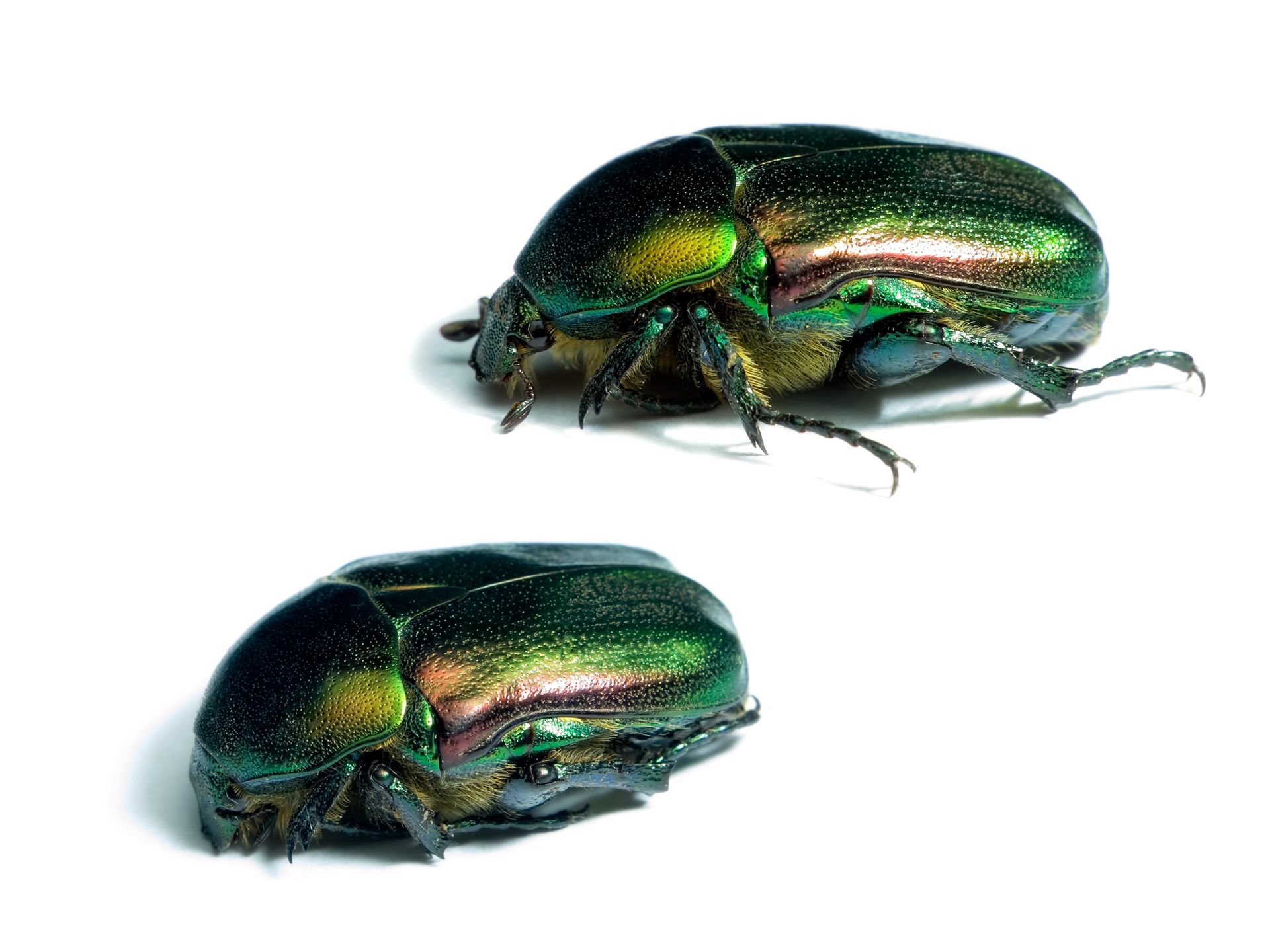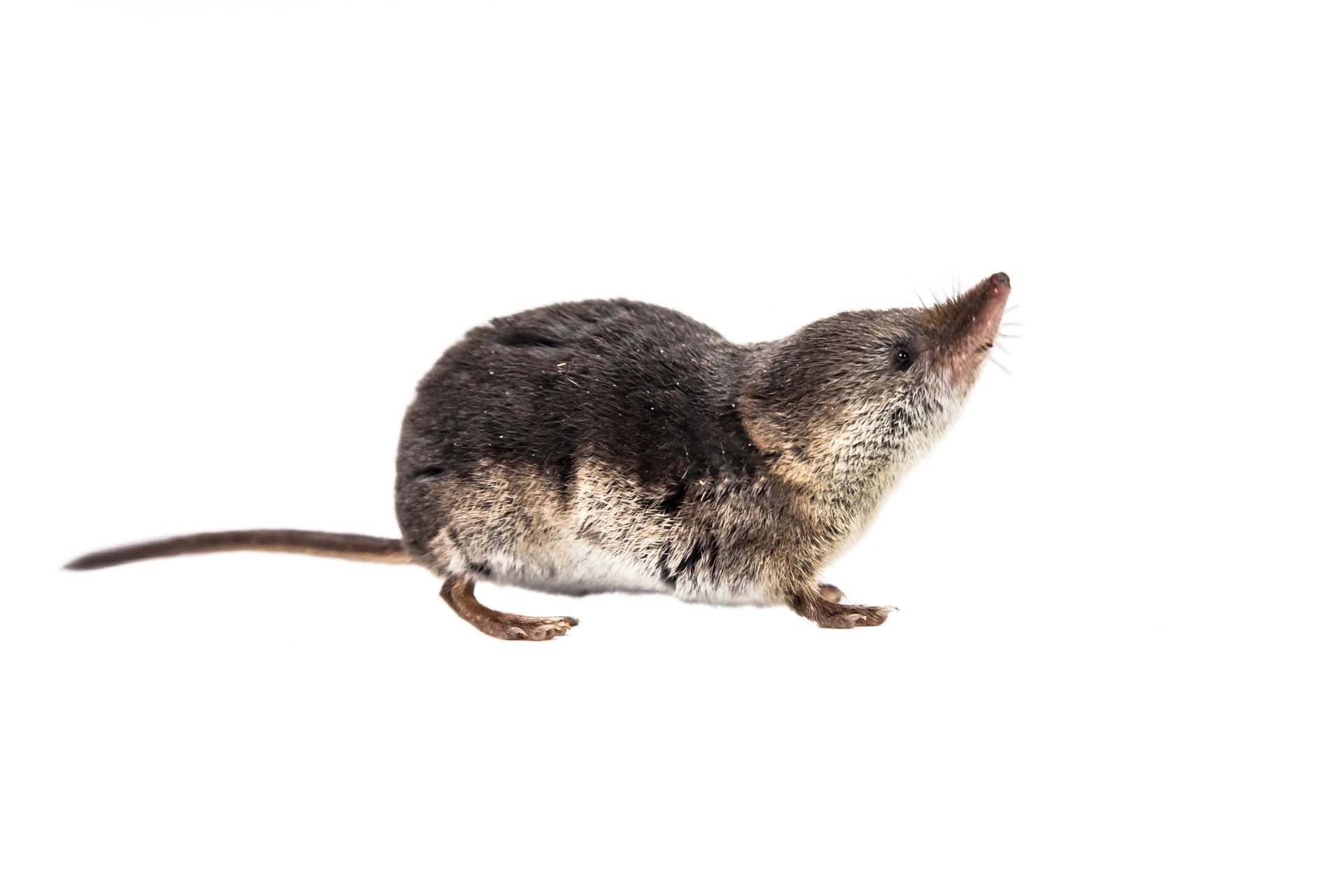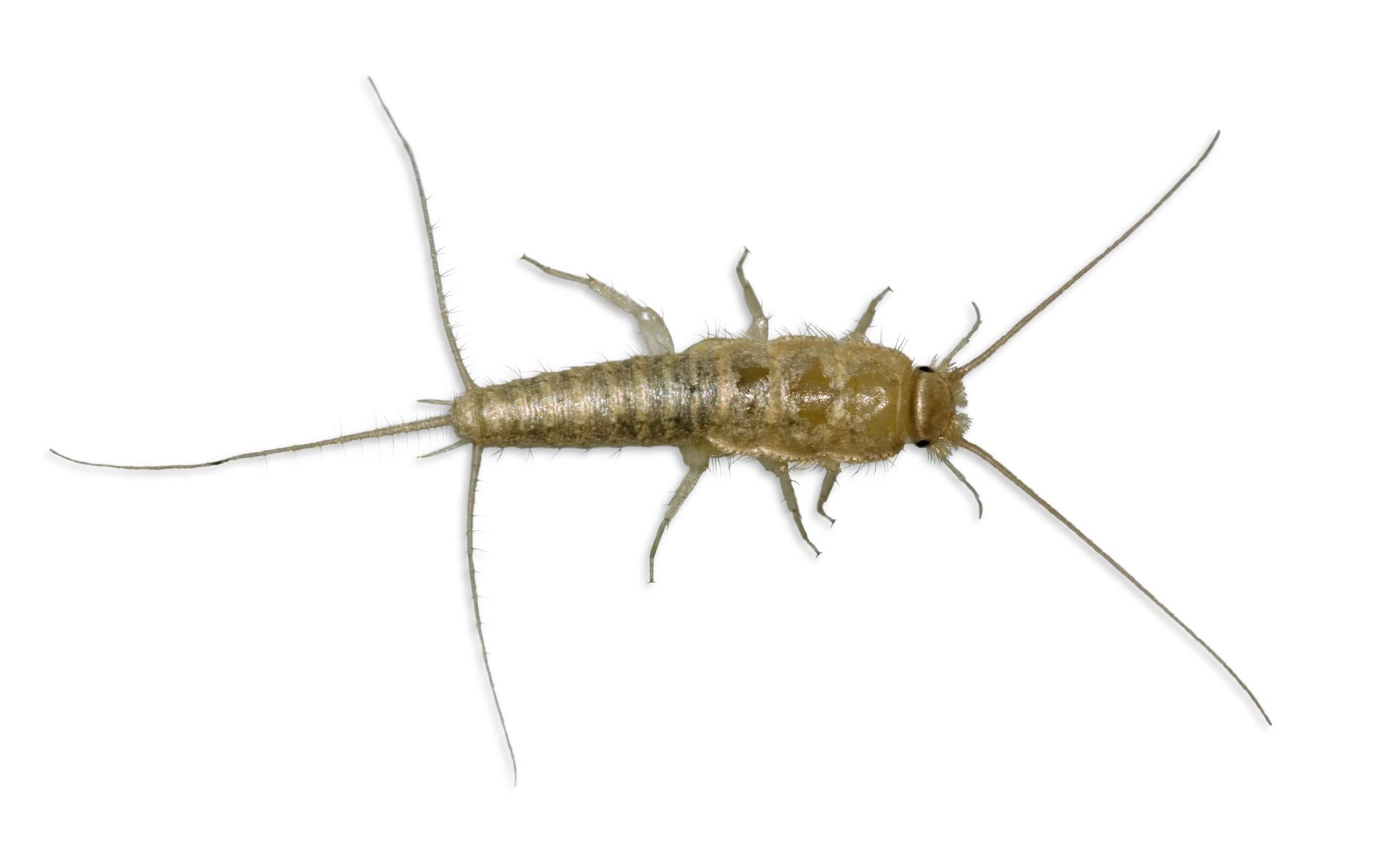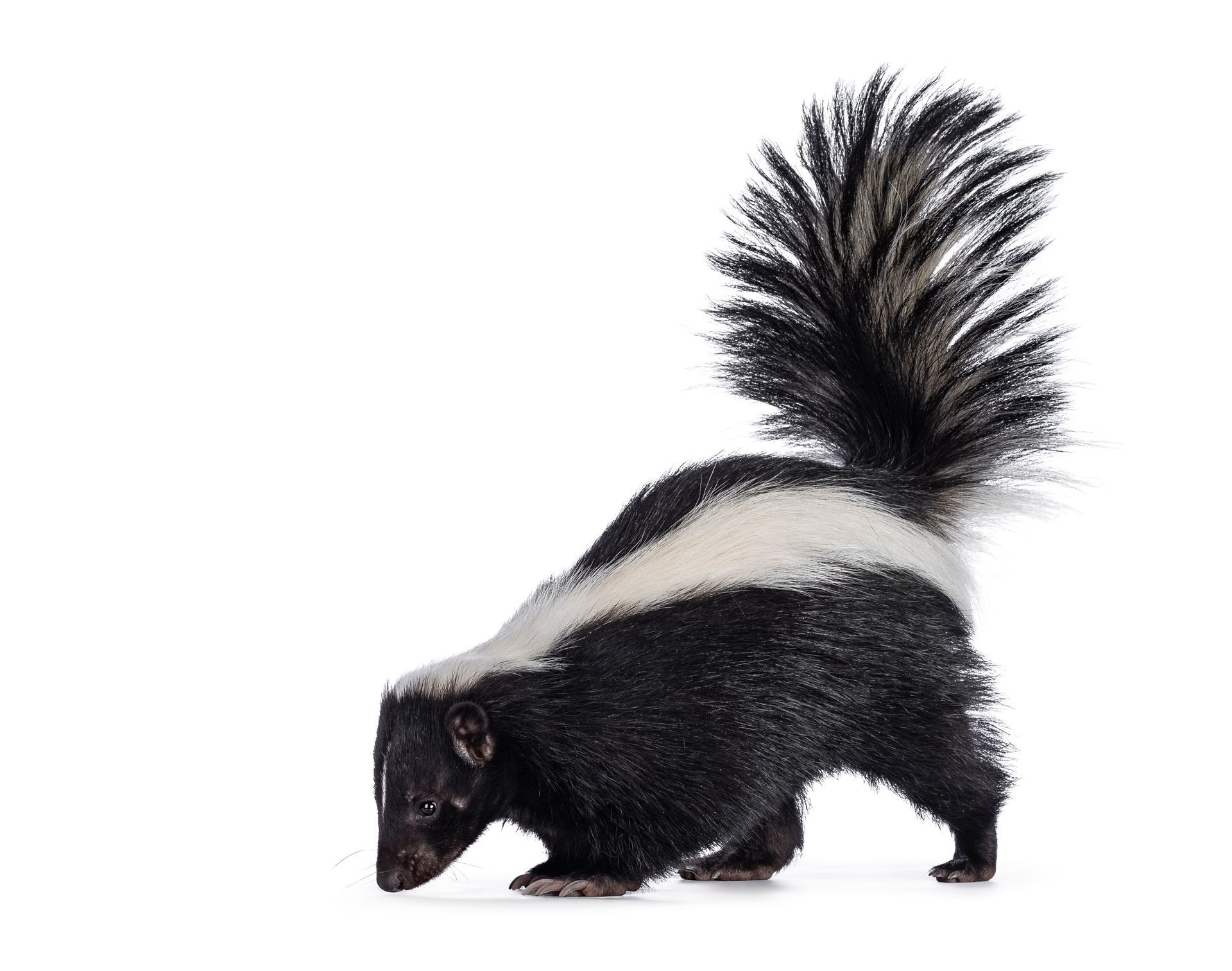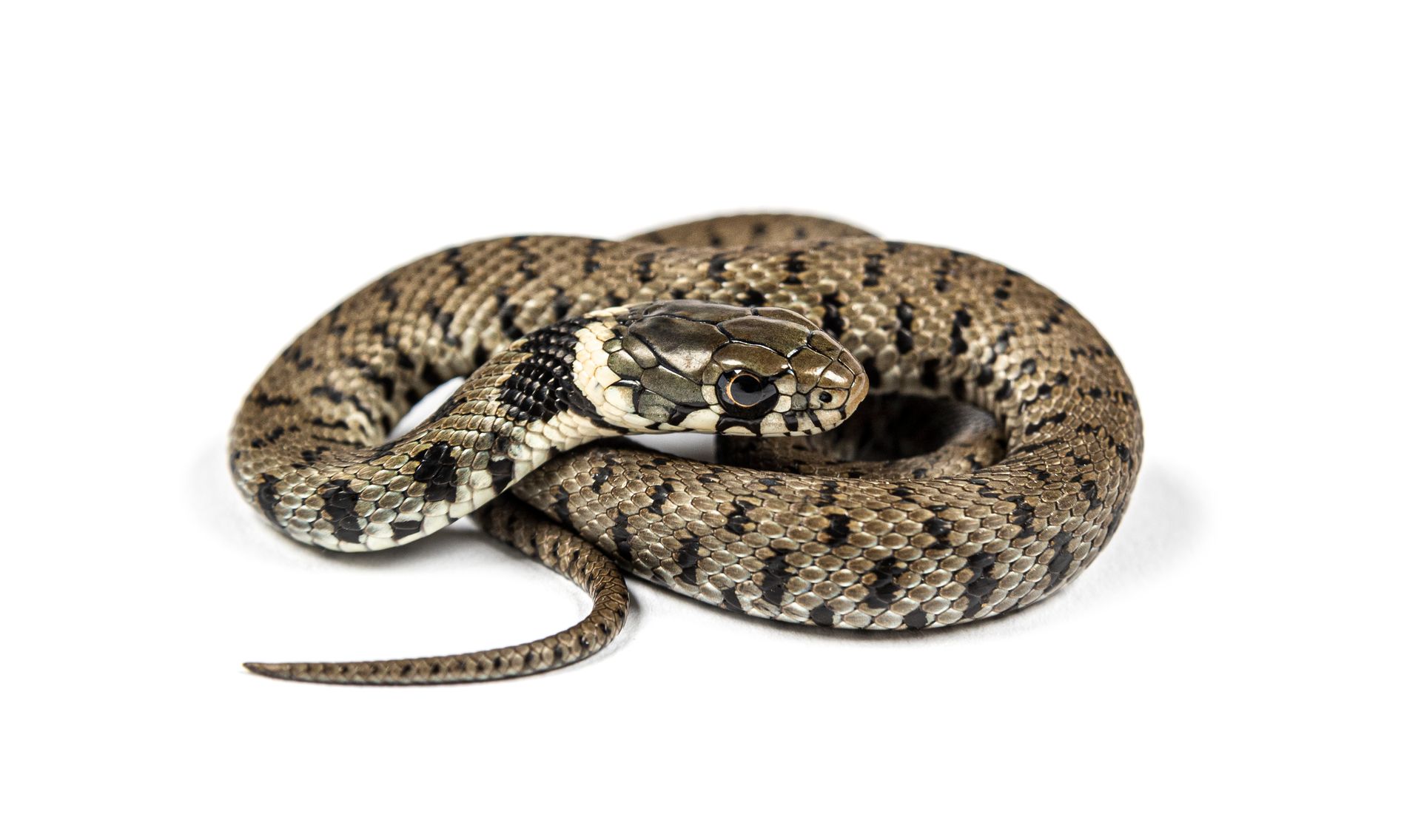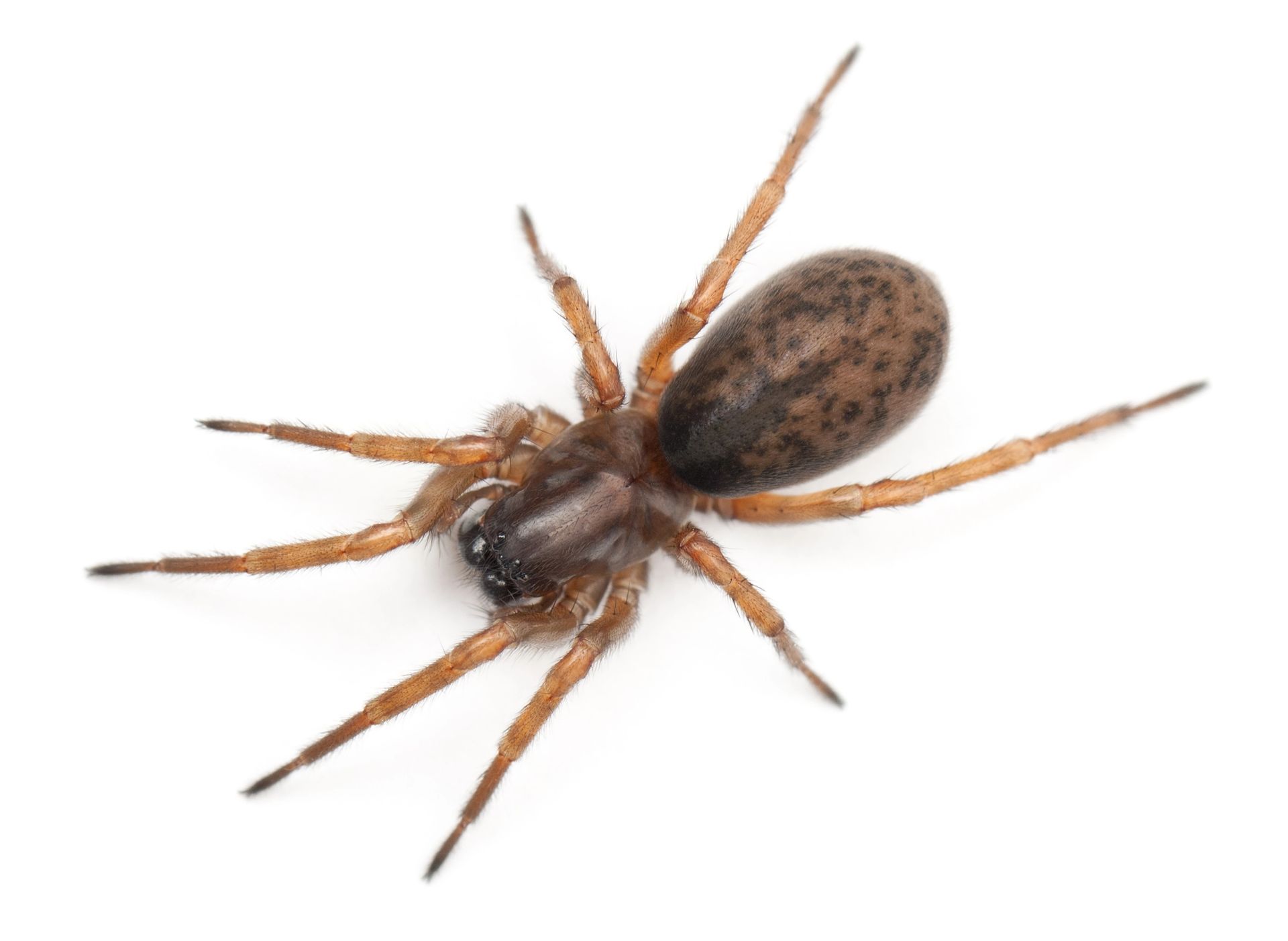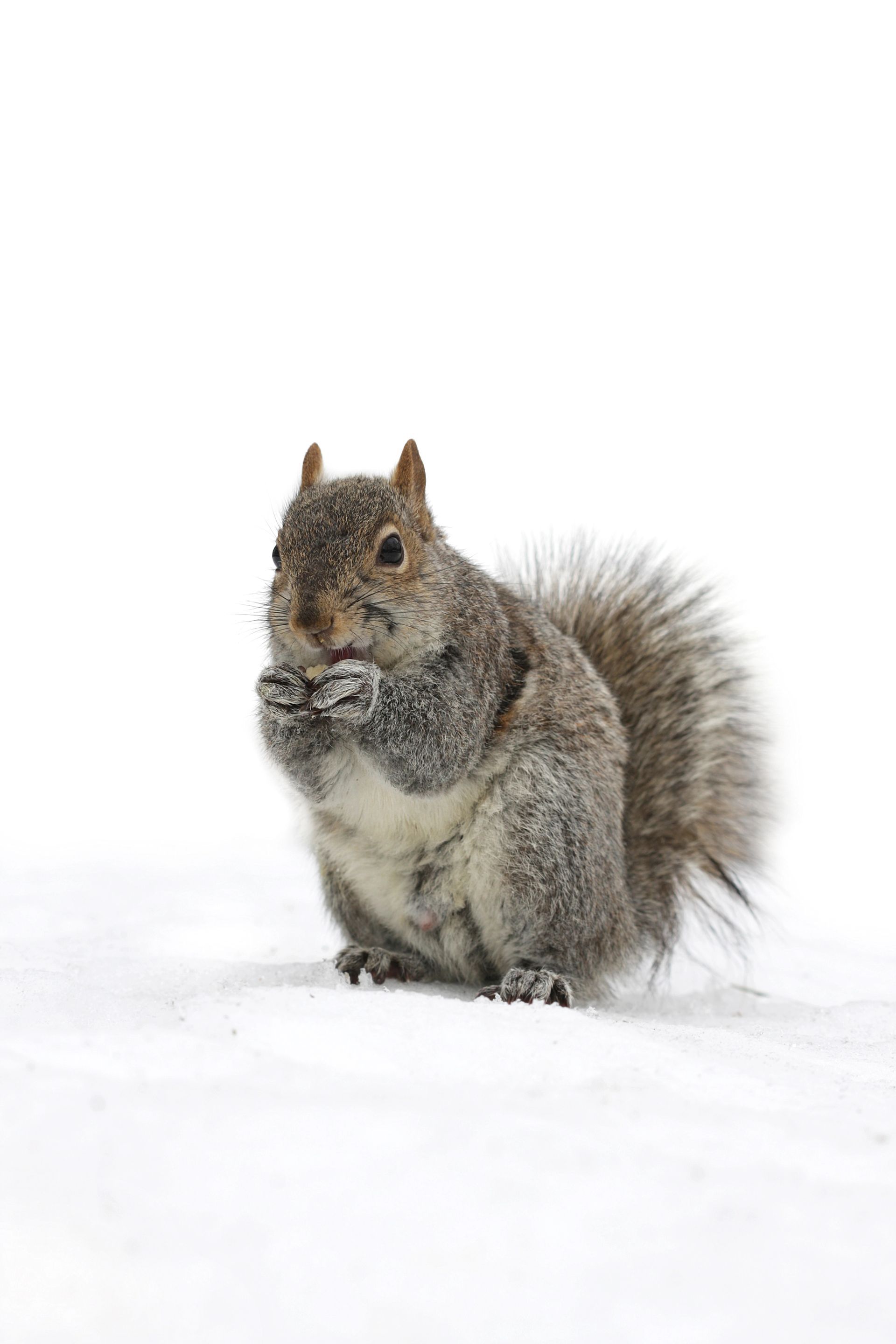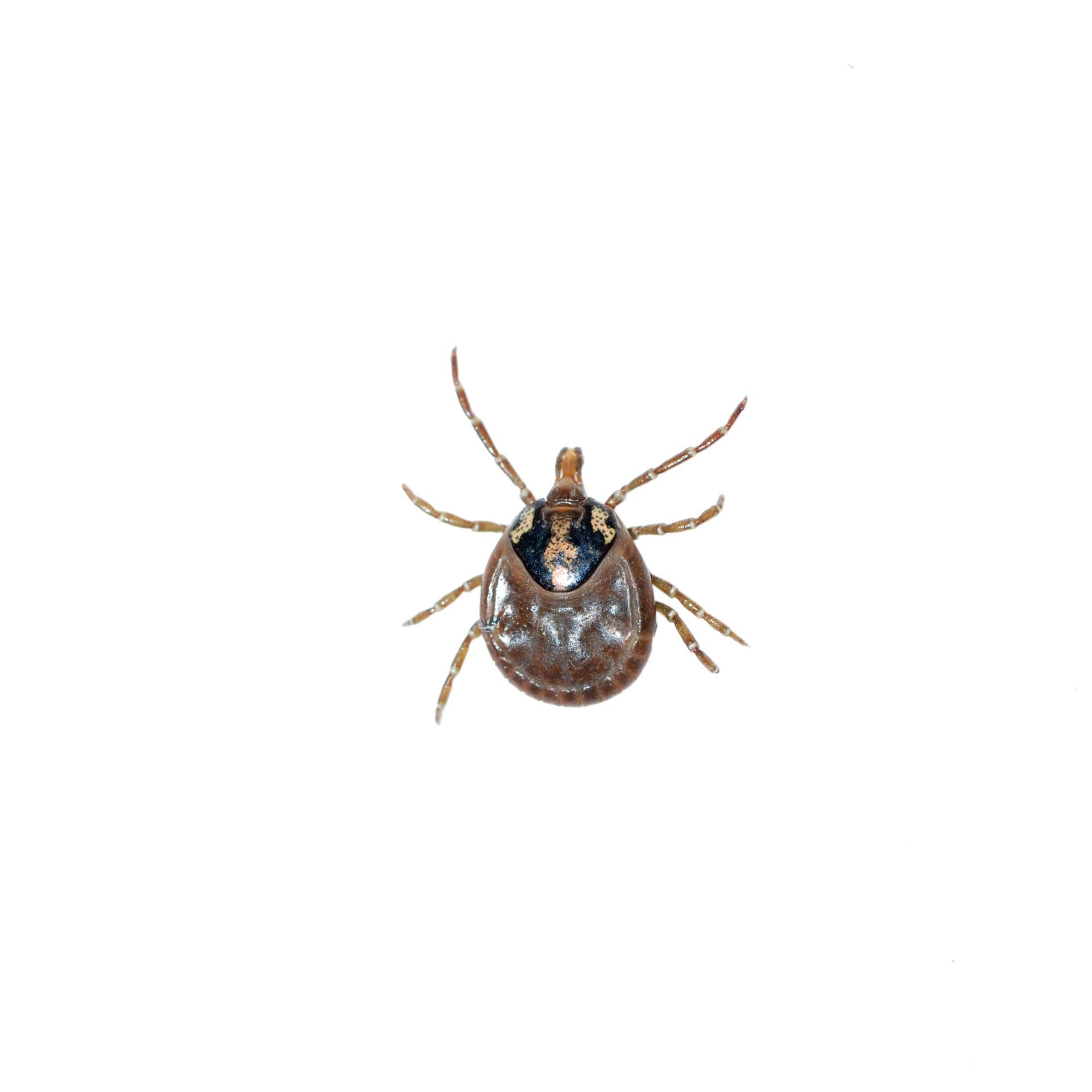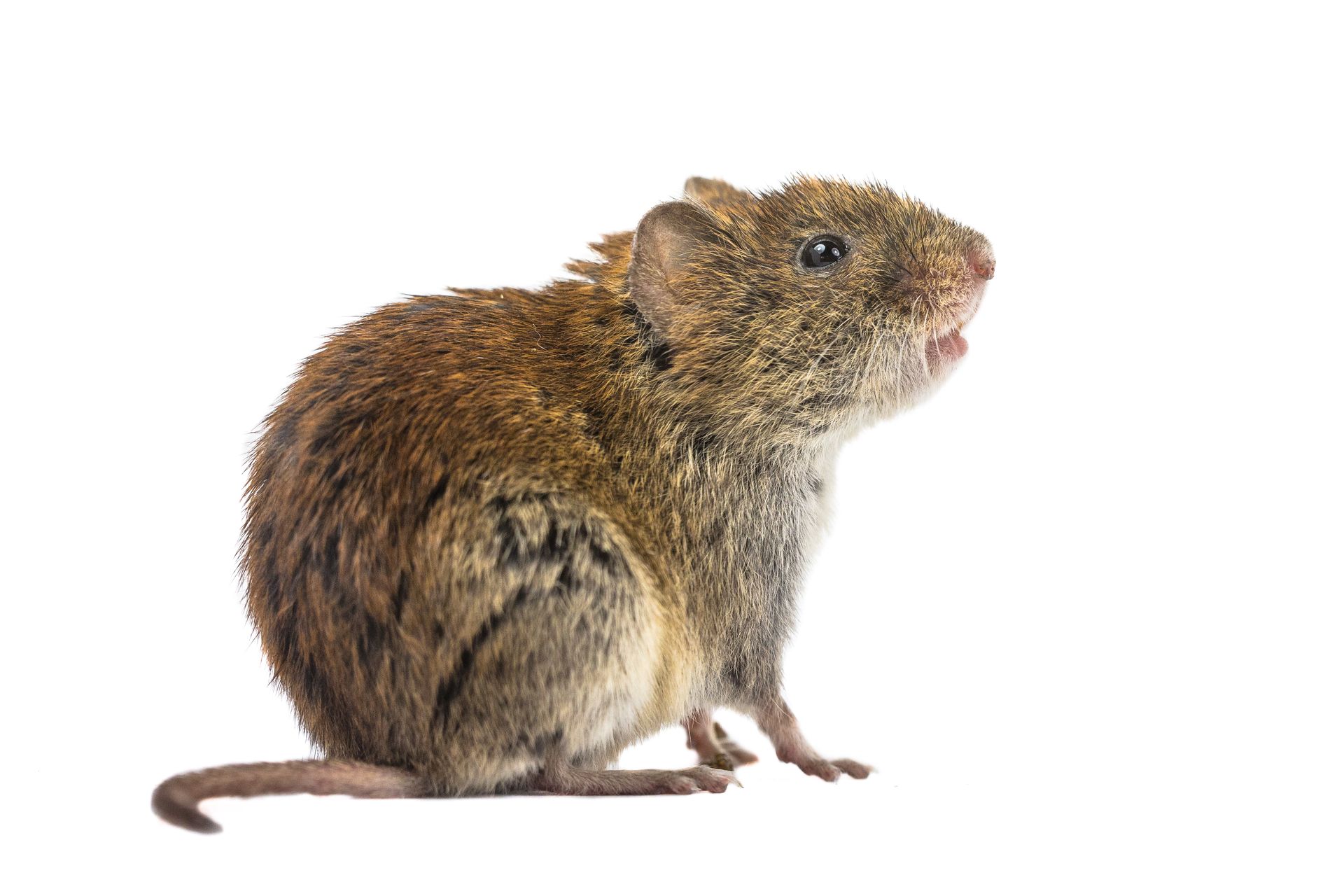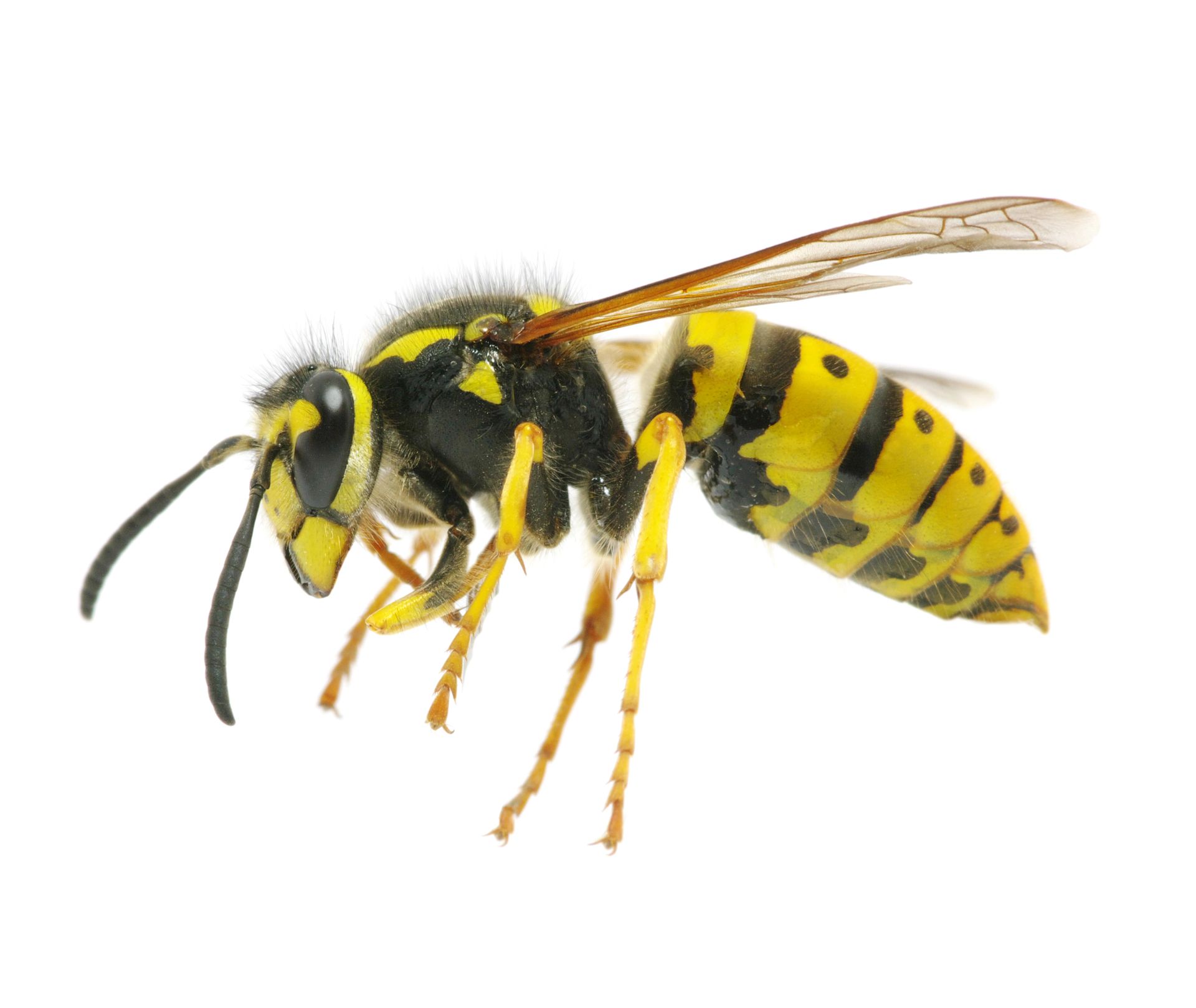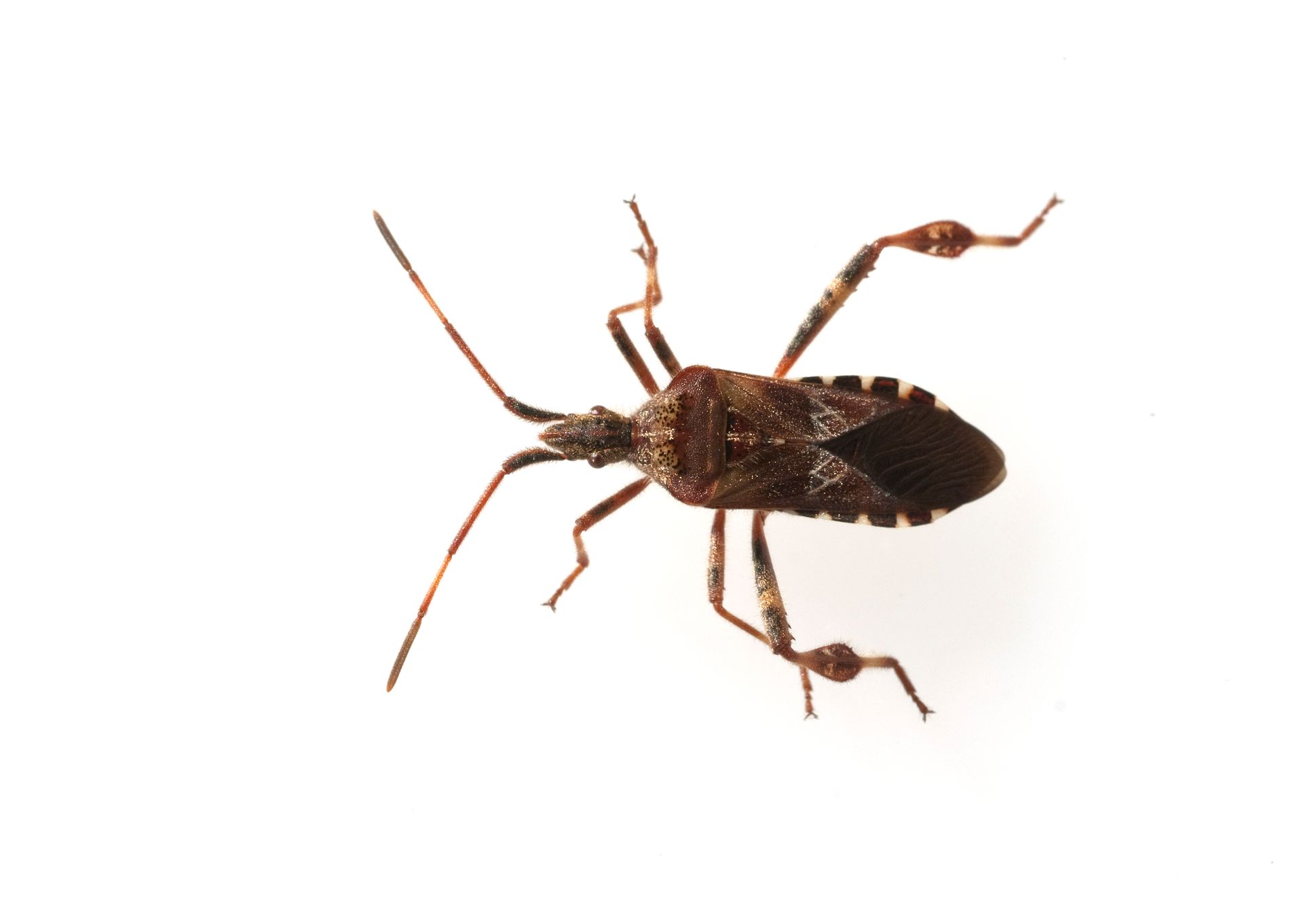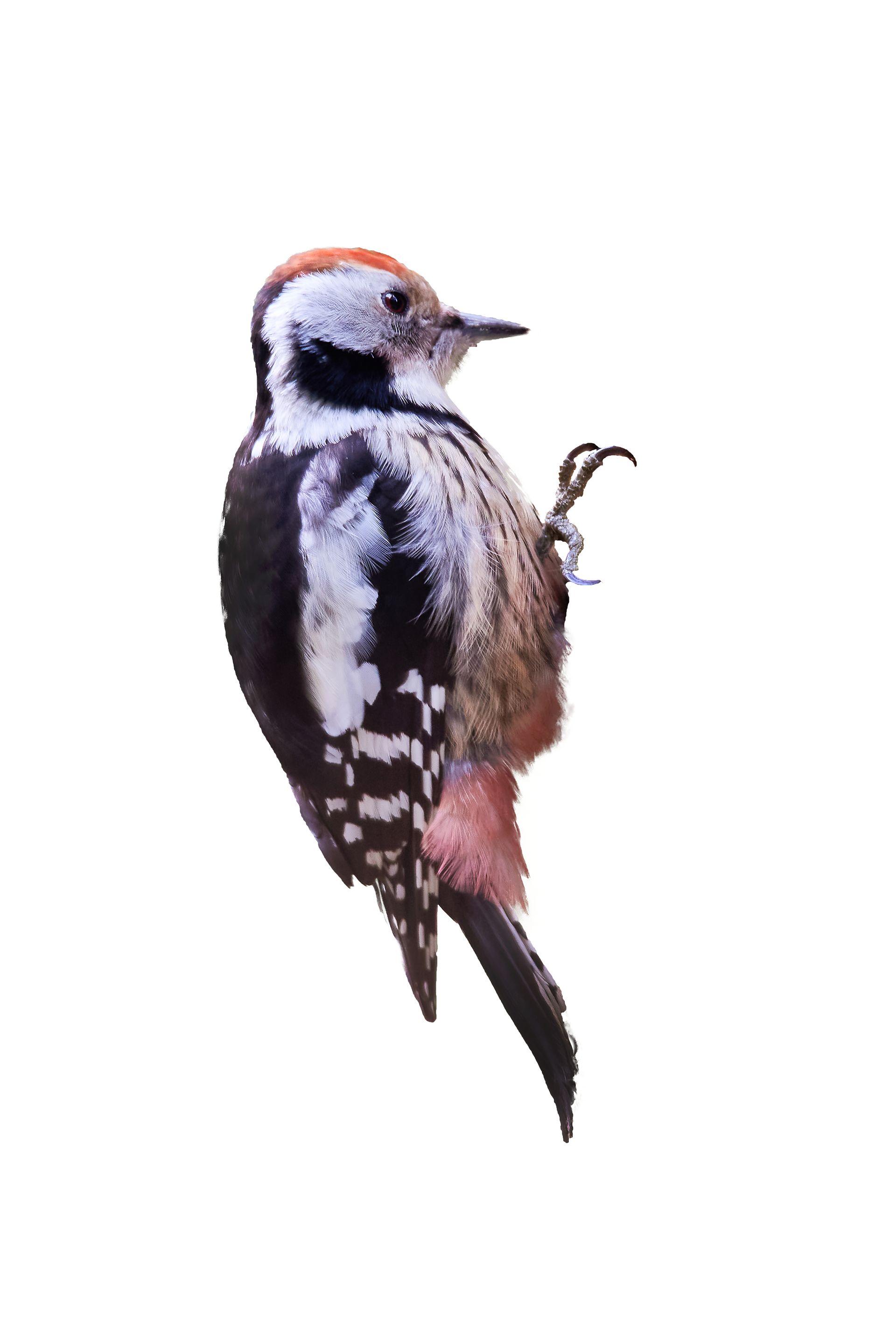Understanding Snakes in Wisconsin
Wisconsin is home to a variety of snake species, some of which can occasionally find their way into homes and buildings. While most snakes in Wisconsin are harmless and play an important role in controlling rodent populations, their presence indoors can cause alarm and potential issues for residents. Understanding where snakes are typically found, what attracts them to indoor environments, and why they are unsuitable for homes and buildings is essential for effective management and prevention.
Common Snake Species in Wisconsin
Wisconsin hosts a range of snake species, including:
Garter Snakes (Thamnophis spp.): The most common snakes in Wisconsin, known for their distinctive stripes and preference for moist environments.
Eastern Milk Snake (Lampropeltis triangulum): Recognizable by its reddish-brown blotches and typically found in wooded areas and fields.
Northern Water Snake (Nerodia sipedon): Often found near water sources such as rivers, lakes, and ponds.
Bullsnake (Pituophis catenifer): A large, non-venomous snake that can be found in prairies and open fields.
Eastern Fox Snake (Pantherophis vulpinus): Found in wetlands and near water bodies, often mistaken for the venomous copperhead.
Habitats and Locations
Snakes in Wisconsin are typically found in:
Outdoors:
Woodlands and Forests: Many snakes prefer wooded areas where they can find cover and prey.
Fields and Grasslands: Open fields and grasslands provide ample hunting grounds for snakes.
Near Water Sources: Snakes like the Northern Water Snake are commonly found near rivers, lakes, ponds, and wetlands.
Gardens and Yards: Snakes may be found in gardens and yards, especially if these areas provide food and shelter.
Indoors:
Basements and Crawl Spaces: Cool, damp areas like basements and crawl spaces can attract snakes seeking shelter and food.
Garages and Sheds: Snakes may enter garages and sheds, particularly if they provide hiding spots and access to rodents.
Wall Voids and Attics: Though less common, some snakes can find their way into wall voids and attics, especially in search of prey.
Attractions in Homes and Buildings
Snakes are attracted to homes and buildings for several reasons:
Food Sources: Snakes are primarily attracted to homes and buildings that have abundant food sources, such as rodents, insects, and other small animals.
Shelter: Homes provide safe, undisturbed environments where snakes can hide and seek shelter from predators and extreme weather.
Moisture: Snakes may be drawn to areas with high humidity and moisture, such as basements, crawl spaces, and bathrooms, especially during dry periods.
Why Snakes Are Not Suitable for Homes and Buildings
While snakes are beneficial for controlling pest populations, their presence indoors is generally undesirable for several reasons:
Fear and Anxiety:
Human Fear: Many people have a natural fear of snakes, and their presence indoors can cause significant anxiety and distress.
Potential Threat: Even non-venomous snakes can cause panic, and identifying species can be difficult, leading to unnecessary fear.
Health Risks:
Bites: While most Wisconsin snakes are non-venomous, snake bites can still occur if snakes feel threatened. Even non-venomous bites can cause infection and require medical attention.
Allergies and Diseases: Snakes can carry mites and other parasites that may cause allergic reactions or spread diseases to humans and pets.
Property Damage:
Structural Damage: Snakes can enter through small cracks and gaps, potentially causing damage to insulation and wiring in search of prey.
Odor: Decomposing prey left behind by snakes can create unpleasant odors and attract other pests.
Prevention and Control
To prevent and control snake infestations in homes and buildings, consider the following strategies:
Seal Entry Points:
Caulk Cracks and Gaps: Inspect and seal any cracks and gaps around windows, doors, and foundations to prevent snakes from entering.
Install Door Sweeps: Use door sweeps on exterior doors to close gaps that snakes could use to enter.
Reduce Food Sources:
Rodent Control: Implement measures to control rodent populations, such as using traps and maintaining a clean environment to reduce the food supply for snakes.
Proper Food Storage: Store food in airtight containers and clean up spills and crumbs promptly to reduce food sources for both rodents and insects.
Eliminate Shelter Opportunities:
Remove Debris: Clear away piles of rocks, wood, and other debris that can provide hiding spots for snakes.
Maintain Landscaping: Keep grass and vegetation trimmed to reduce cover for snakes.
Use Repellents:
Natural Repellents: Use natural snake repellents, such as sulfur, clove, and cinnamon oil, around the perimeter of your home to deter snakes.
Chemical Repellents: Consider using commercial snake repellents, following all safety guidelines and instructions.
Professional Pest Control:
Inspection and Treatment: For severe infestations, contact a professional pest control service like BugBoss The X-Terminator for comprehensive snake management. Professionals can identify entry points and apply targeted treatments.
Ongoing Prevention: Regular follow-up treatments and inspections help ensure that snakes do not return.
Understanding the habits and risks associated with snakes in Wisconsin is crucial for keeping your home or building free from these reptiles. If you suspect a snake problem, taking swift action can prevent further issues and ensure a safe living environment. Trust BugBoss The X-Terminator to provide expert advice and effective snake control solutions tailored to your needs.
Local Pests & Wildlife in Wisconsin

